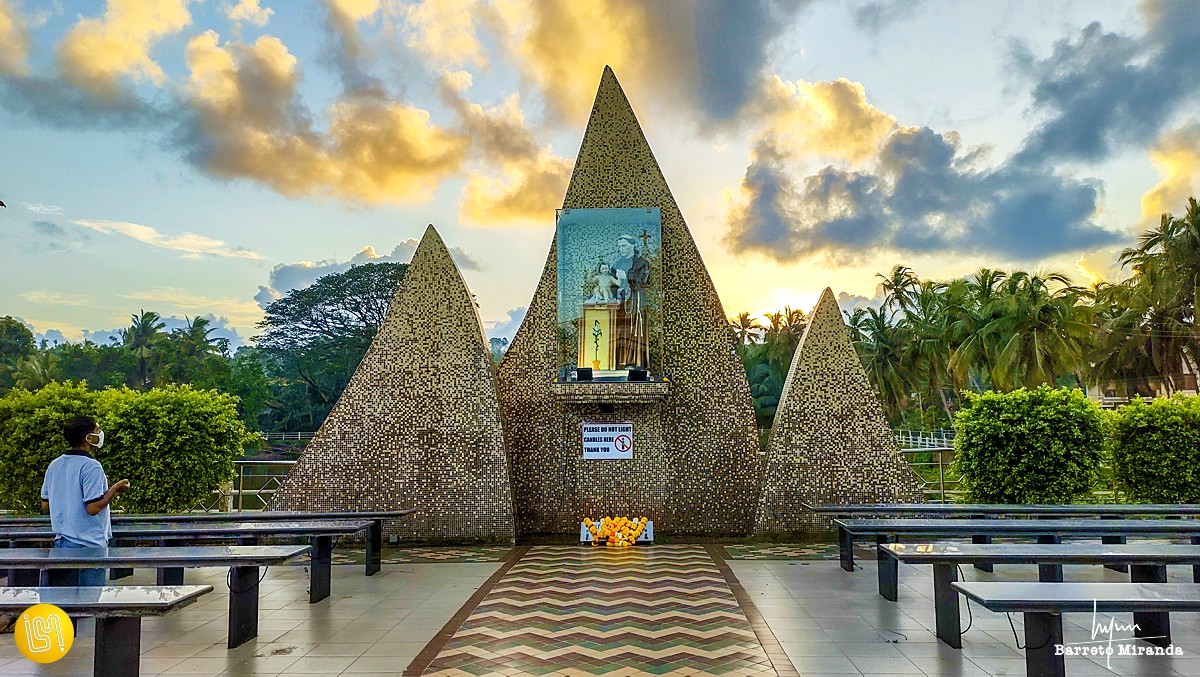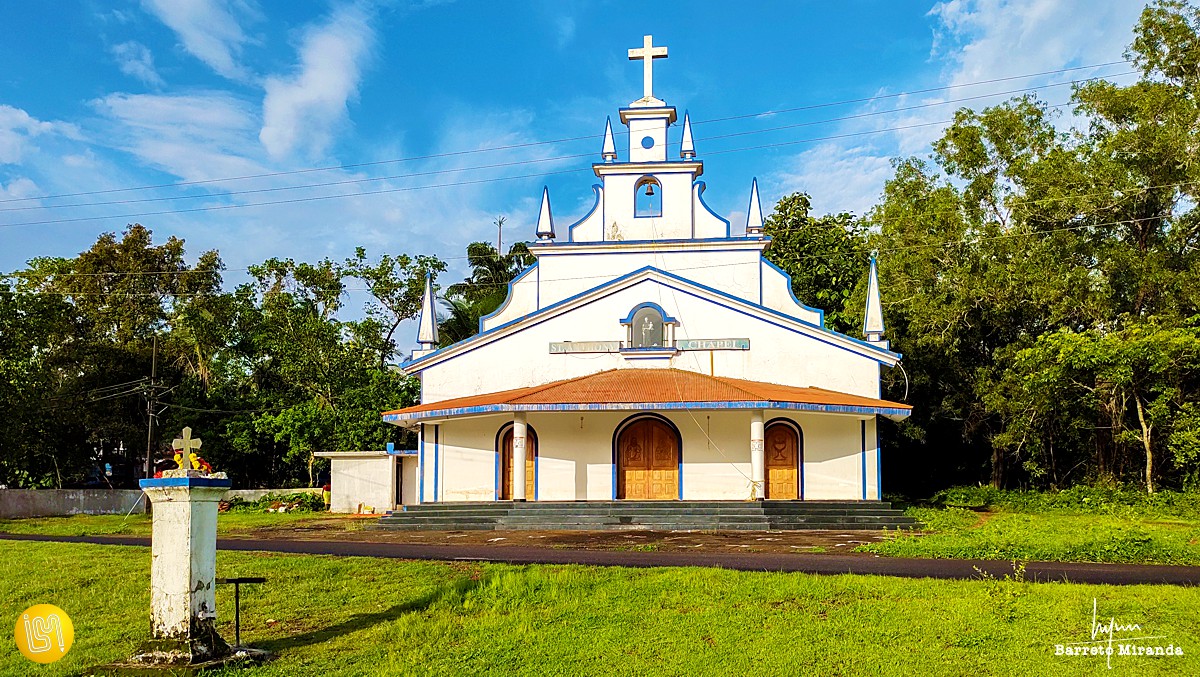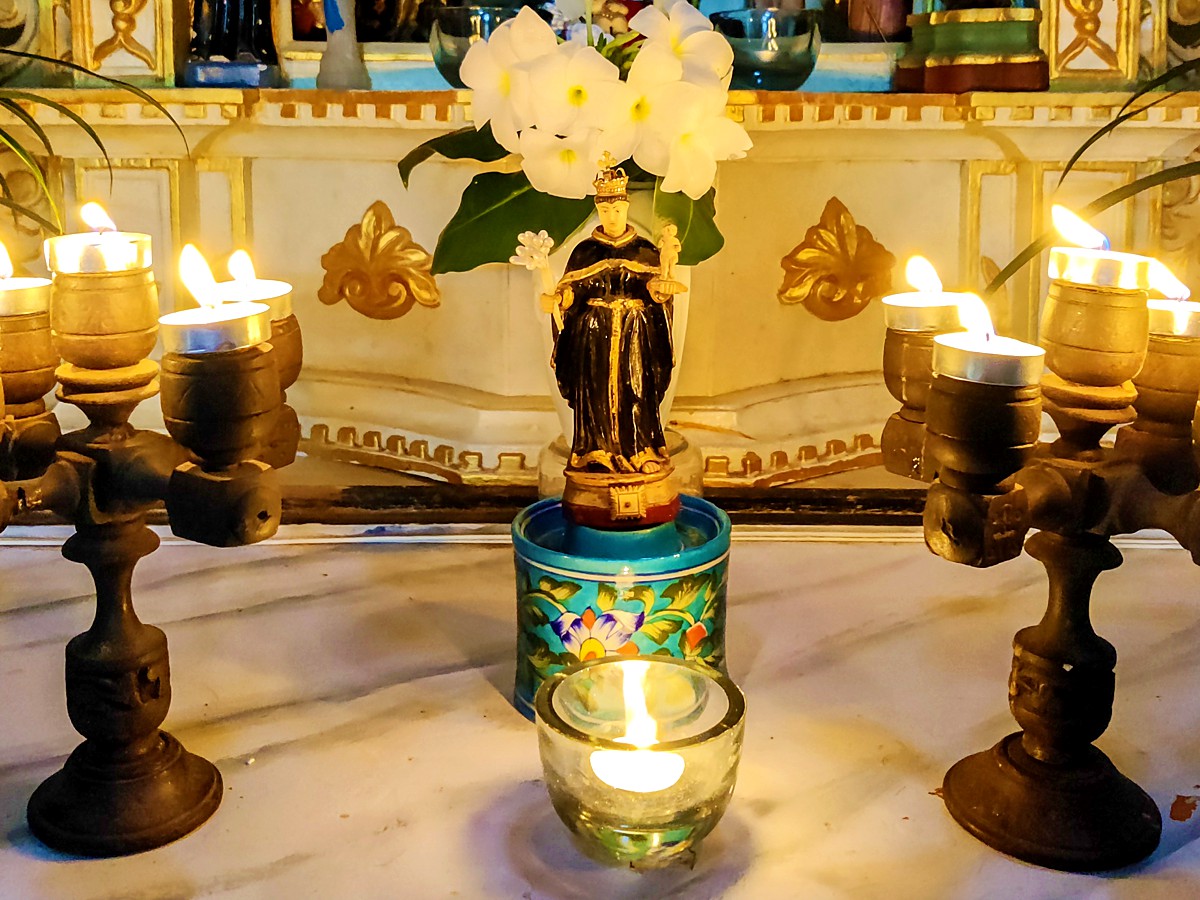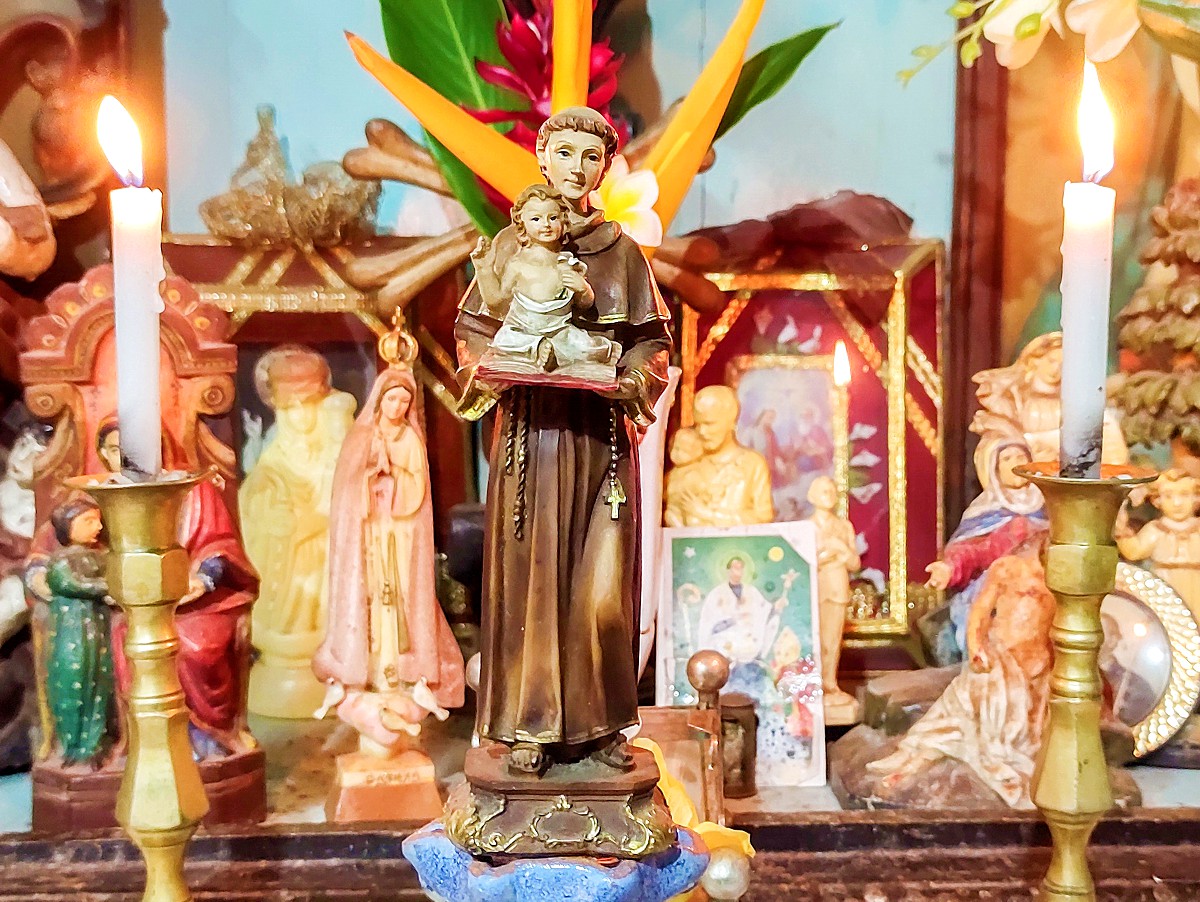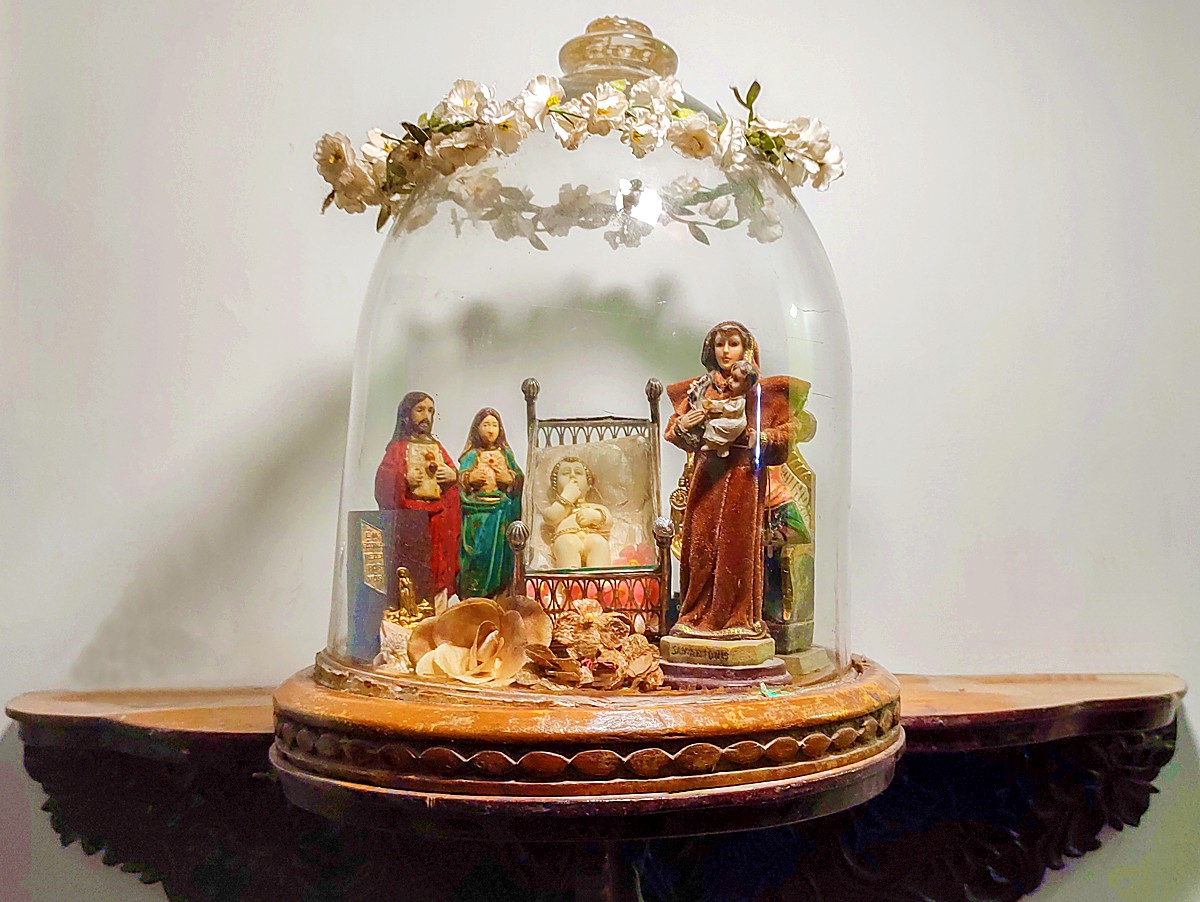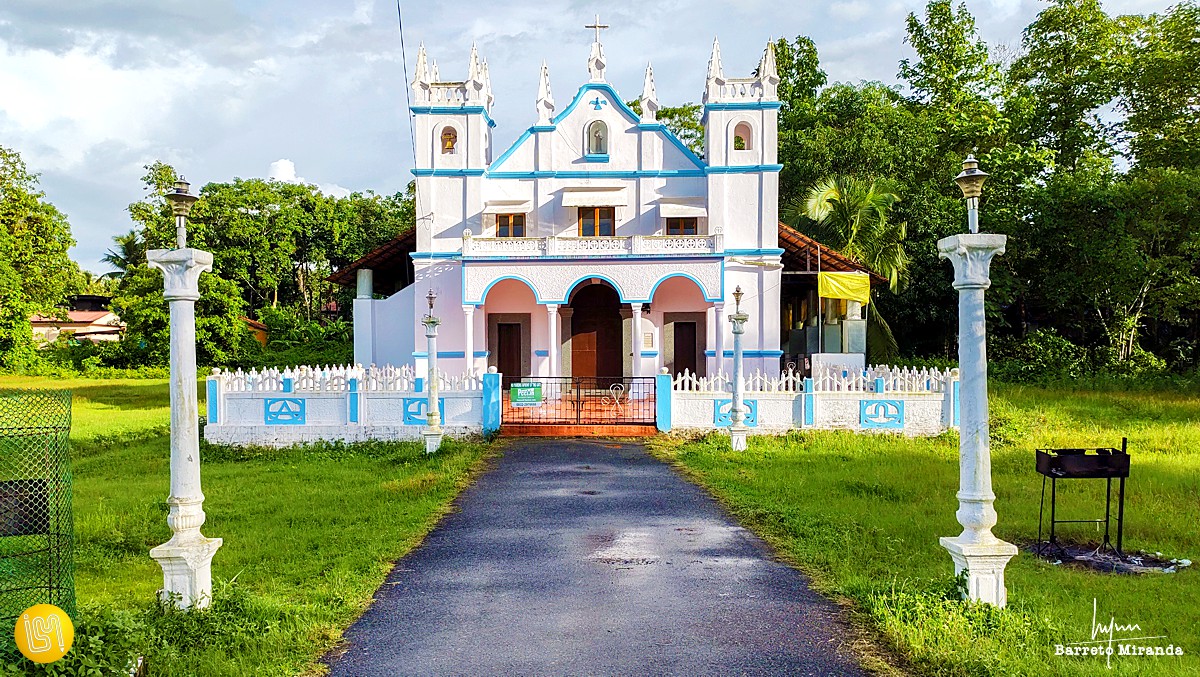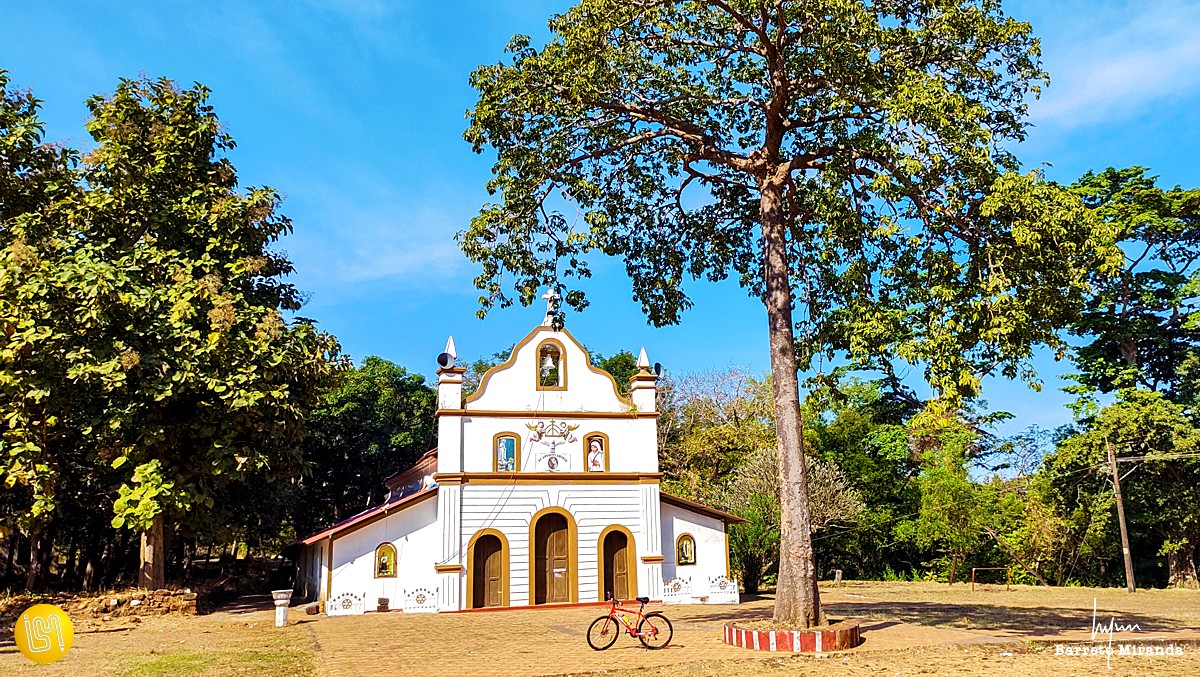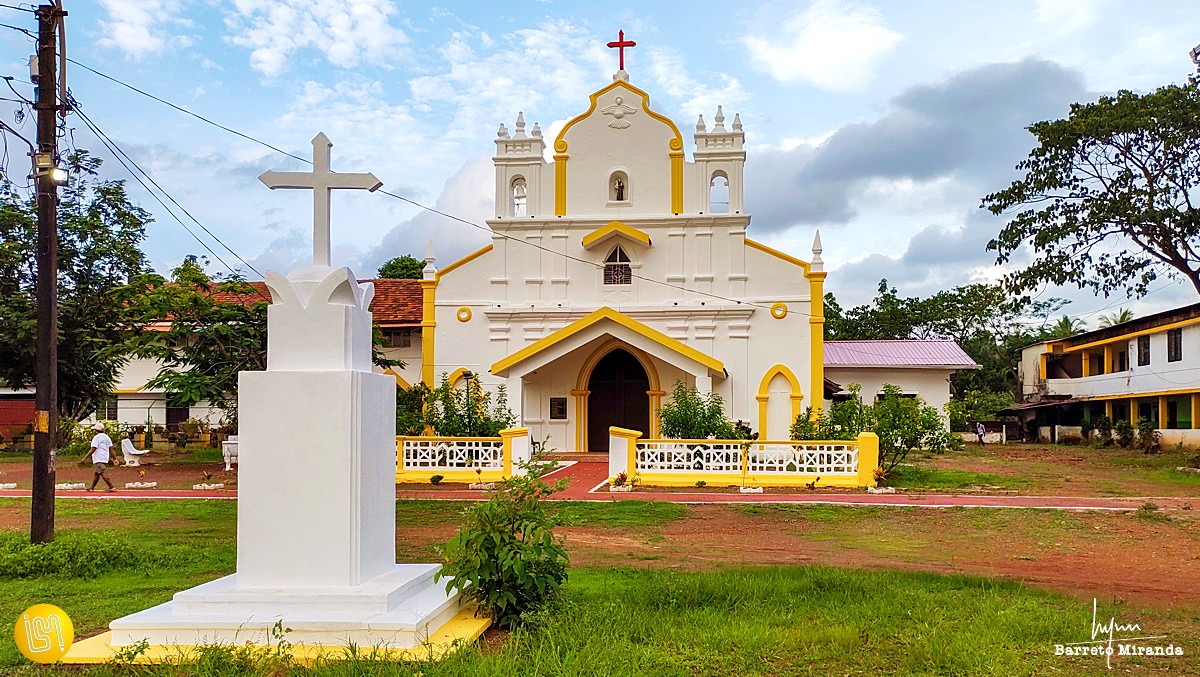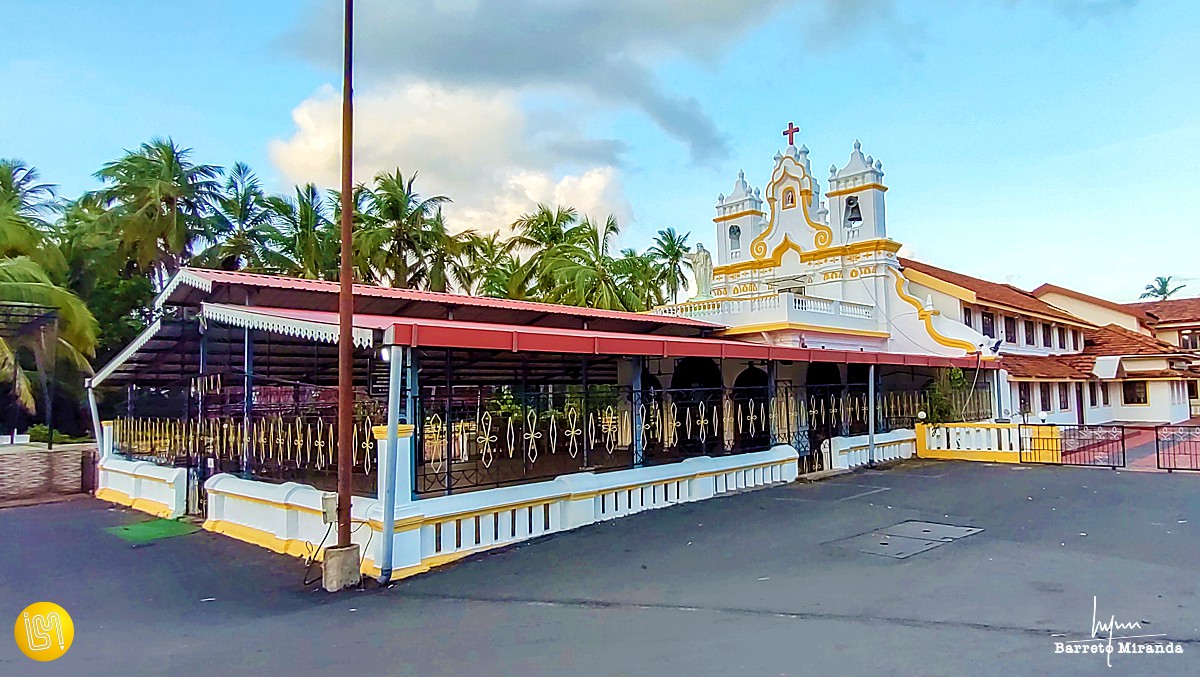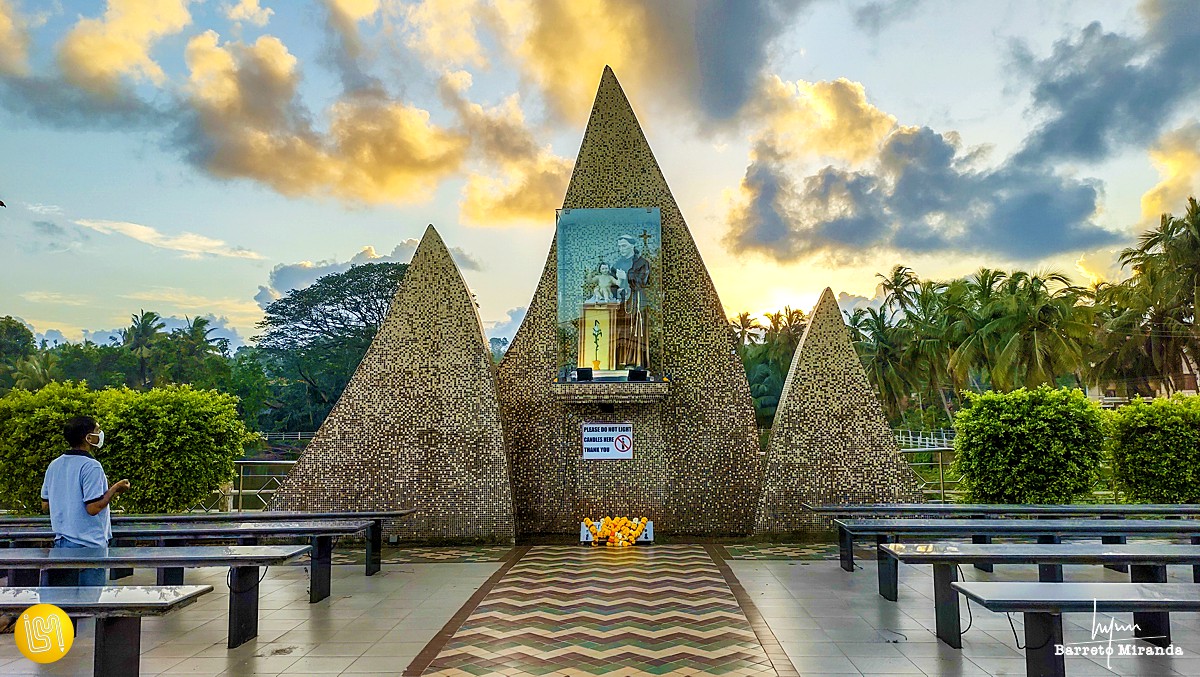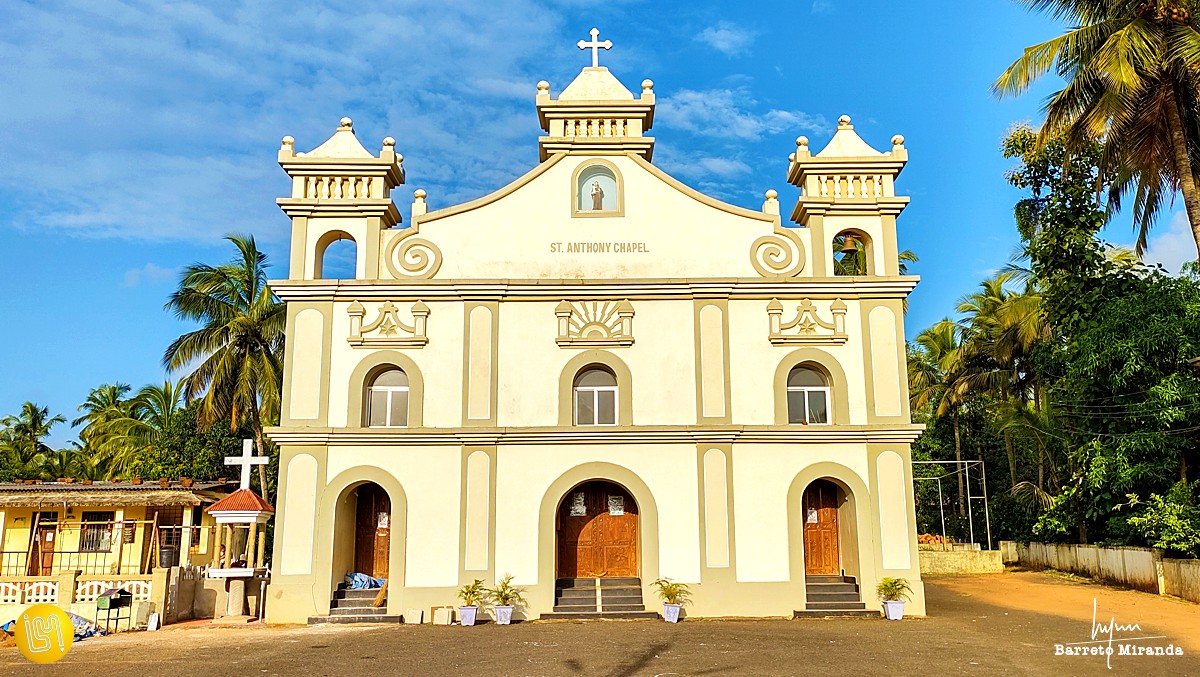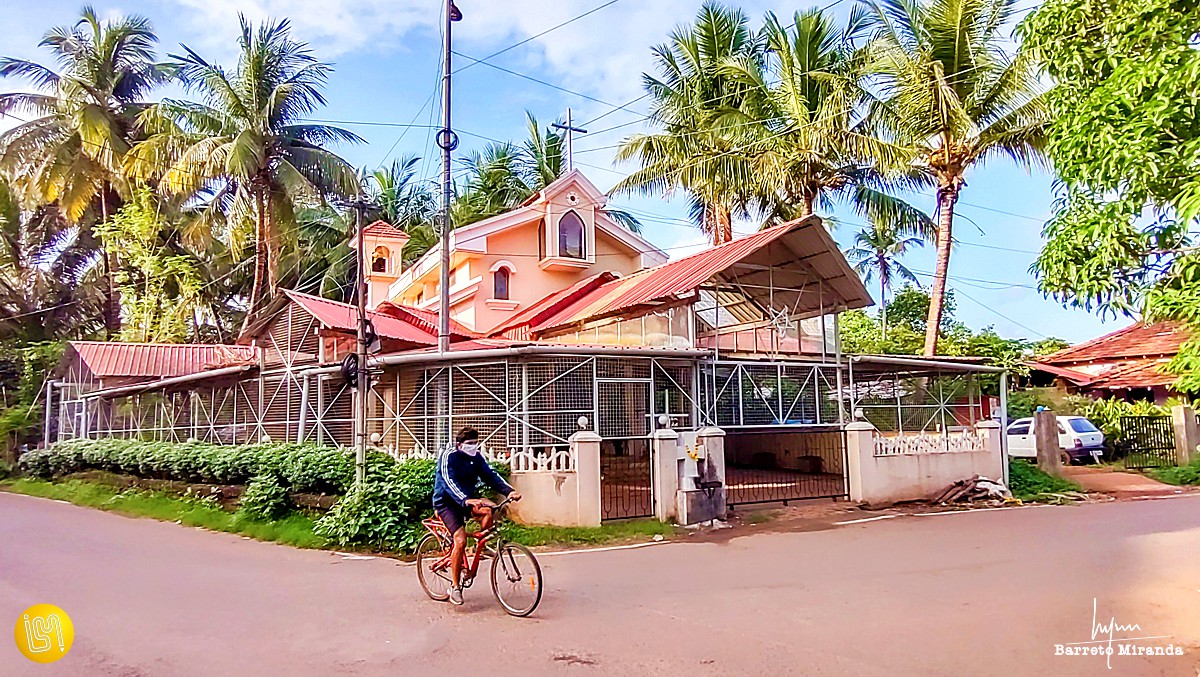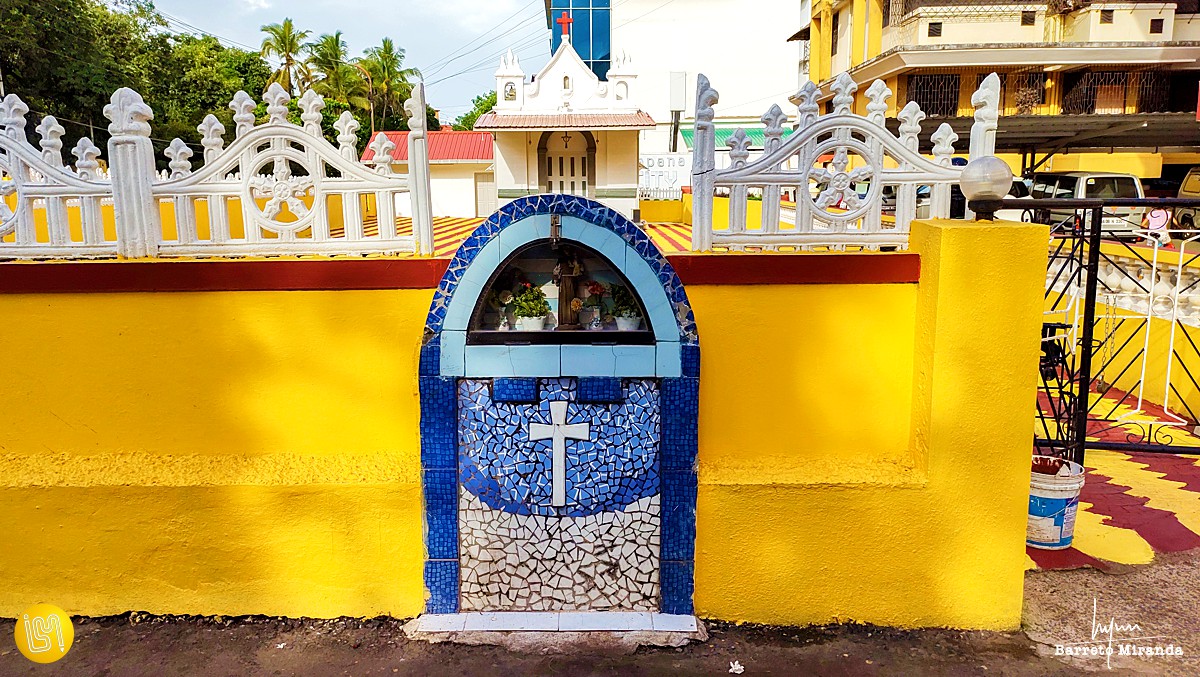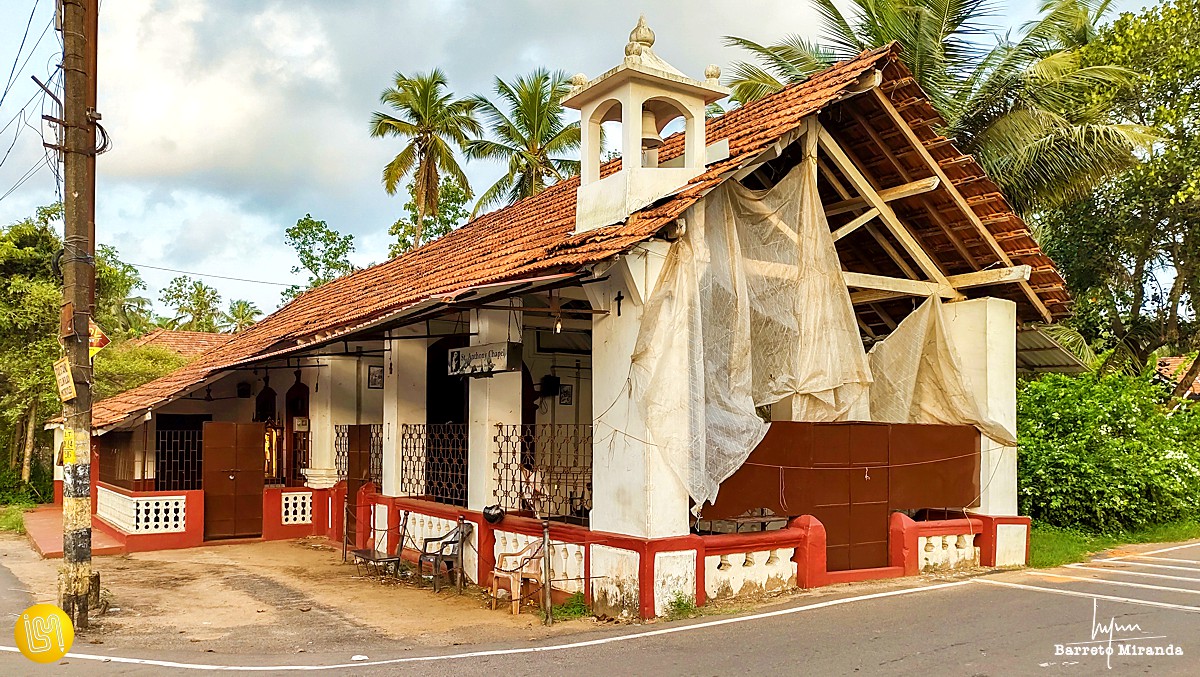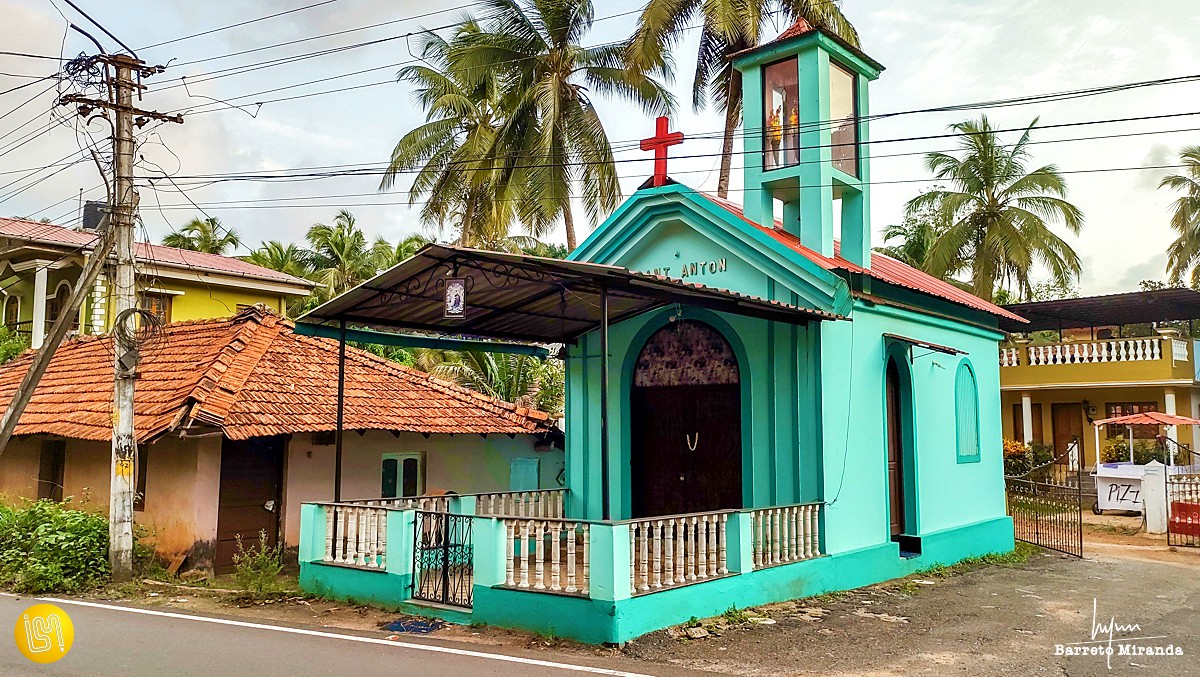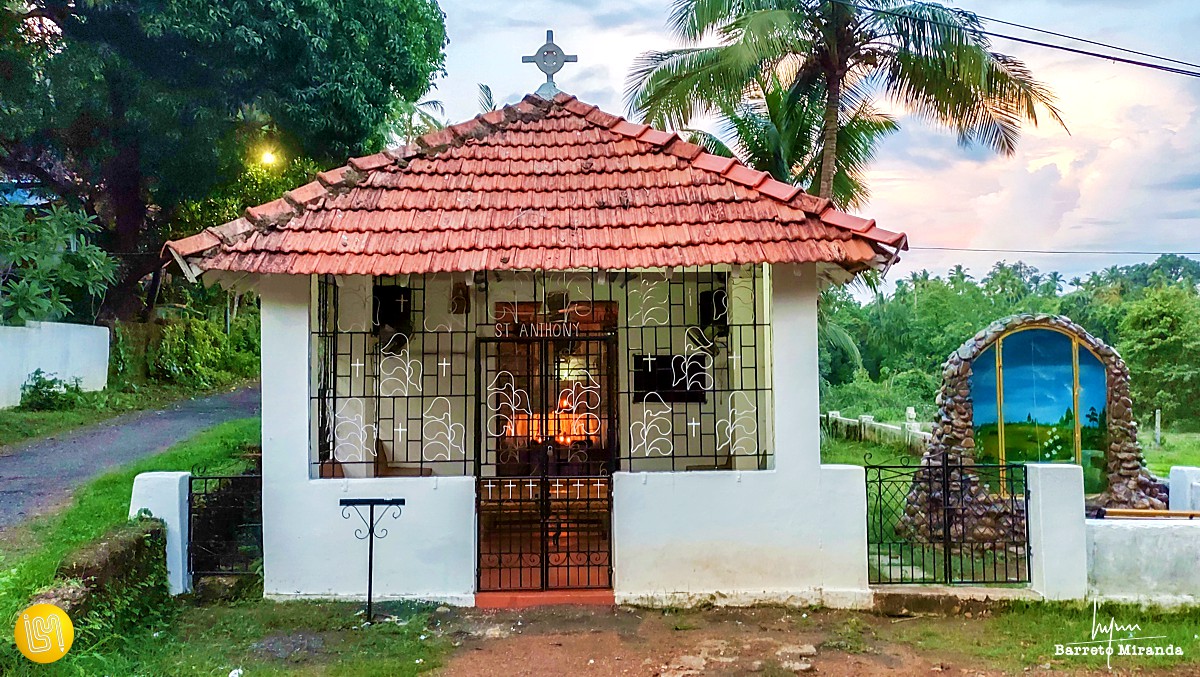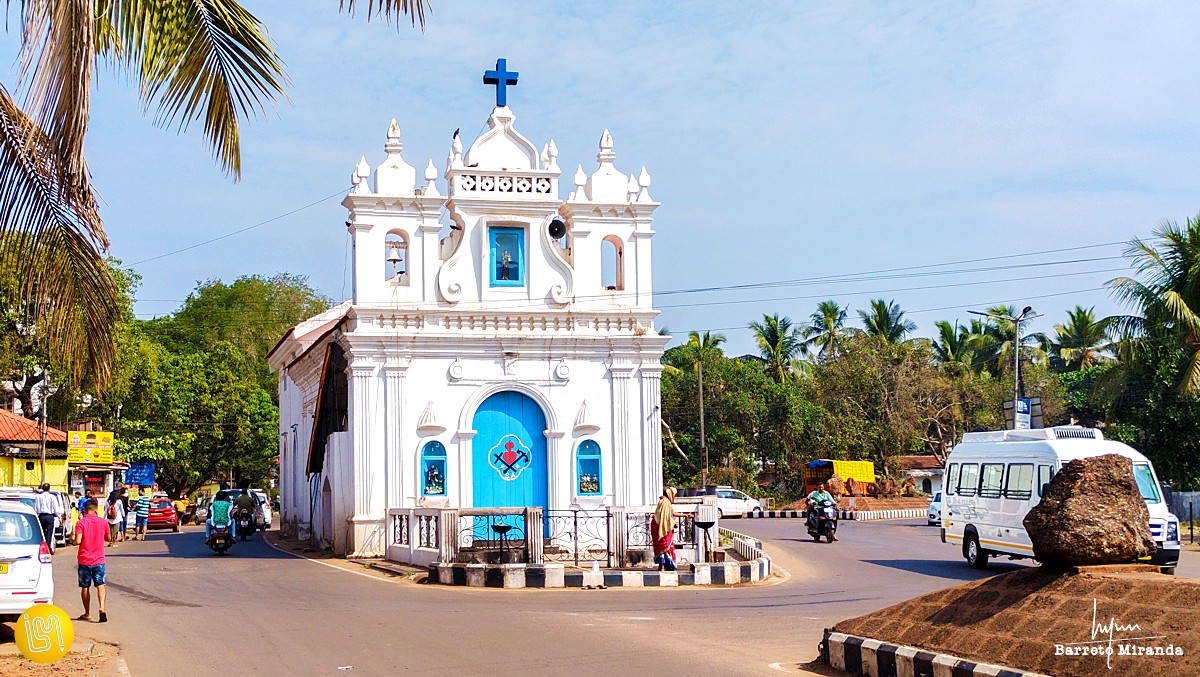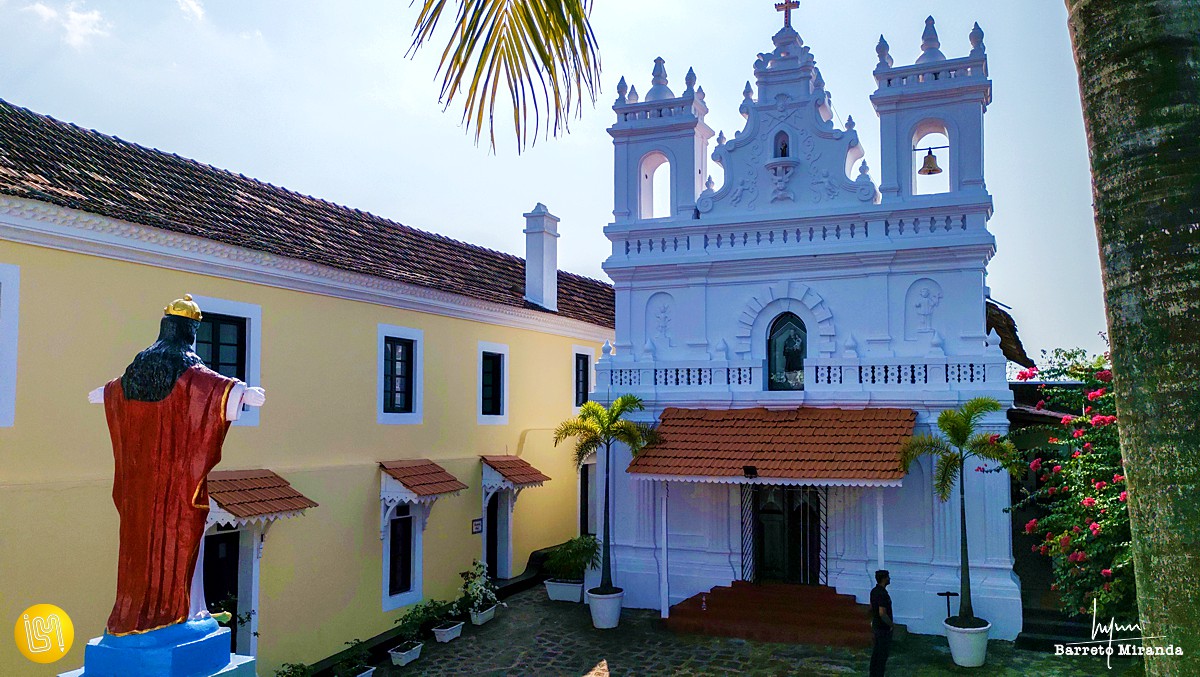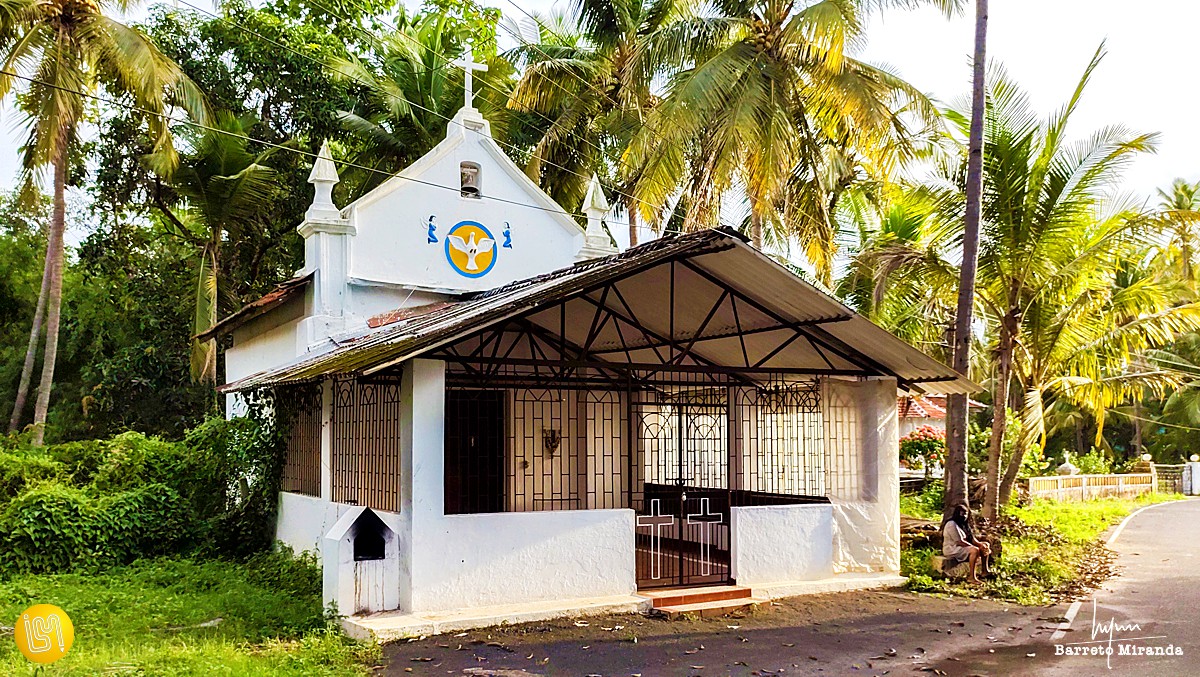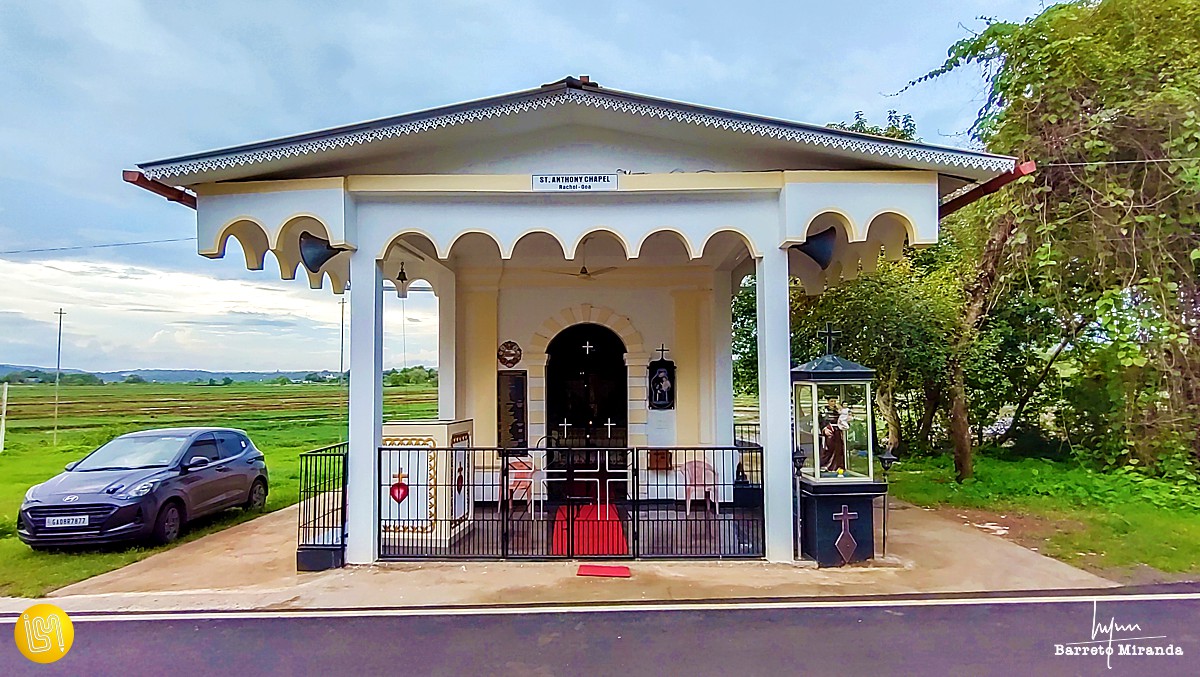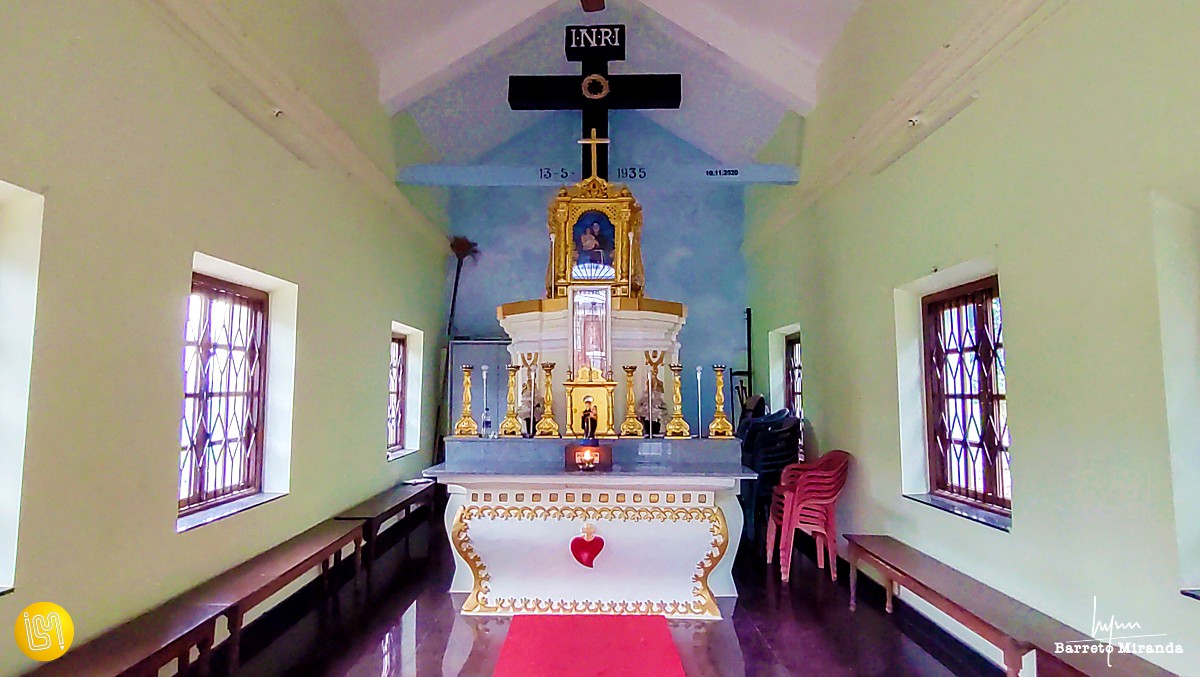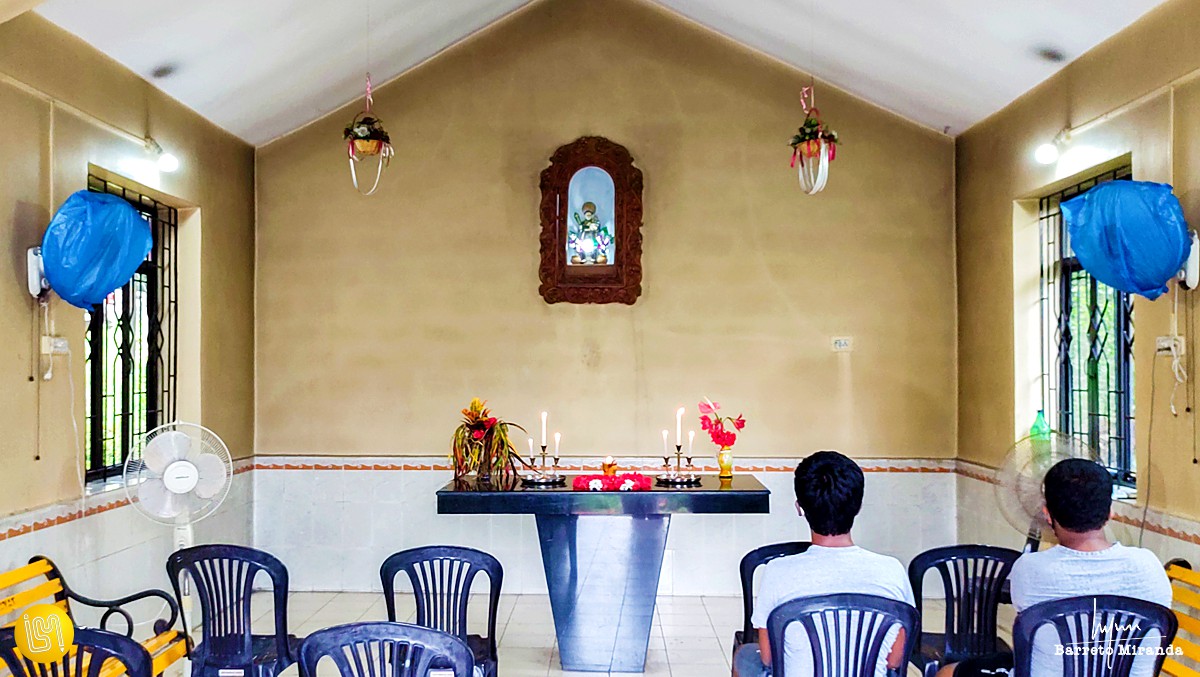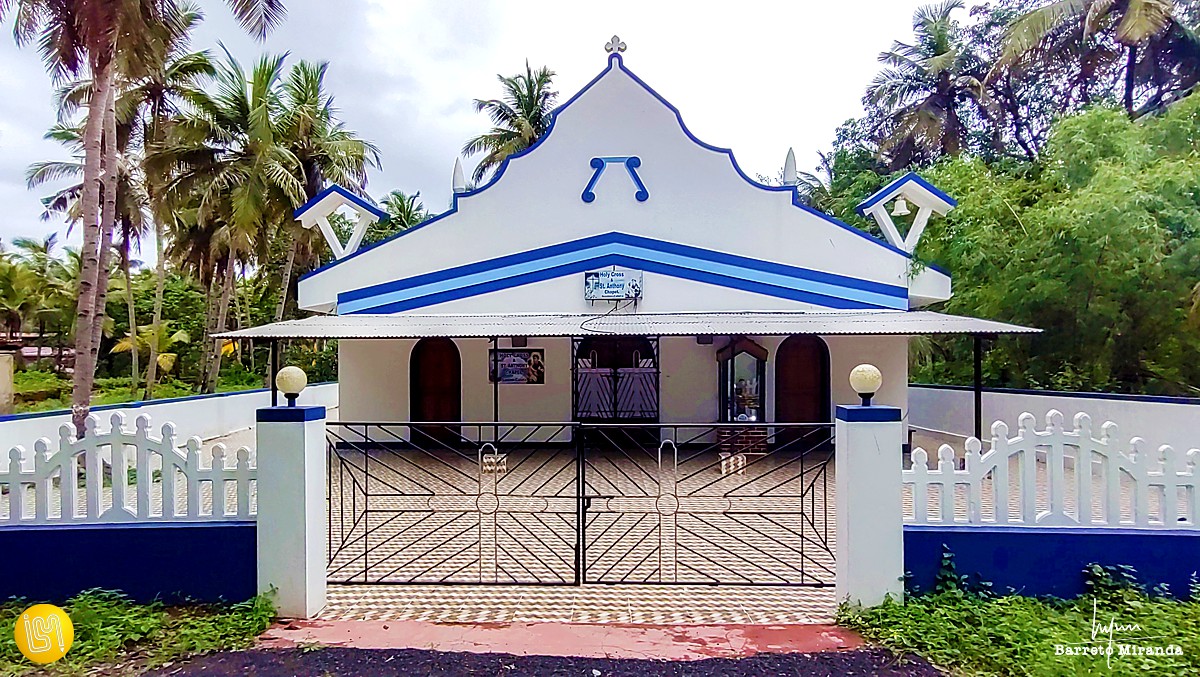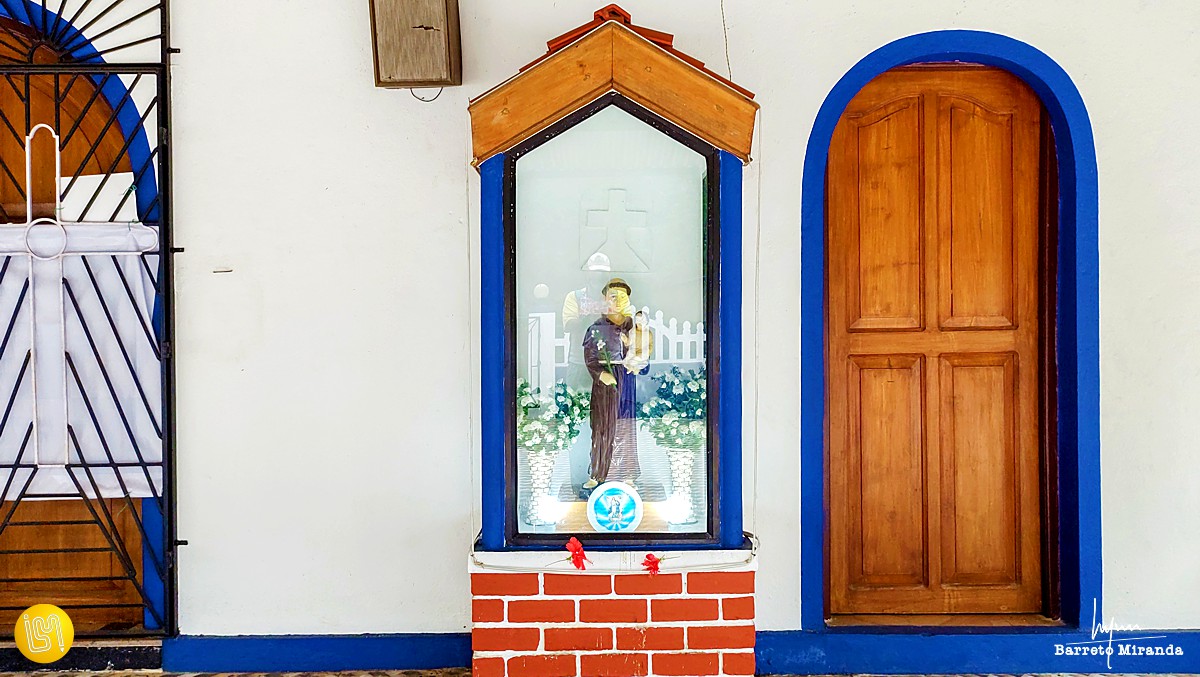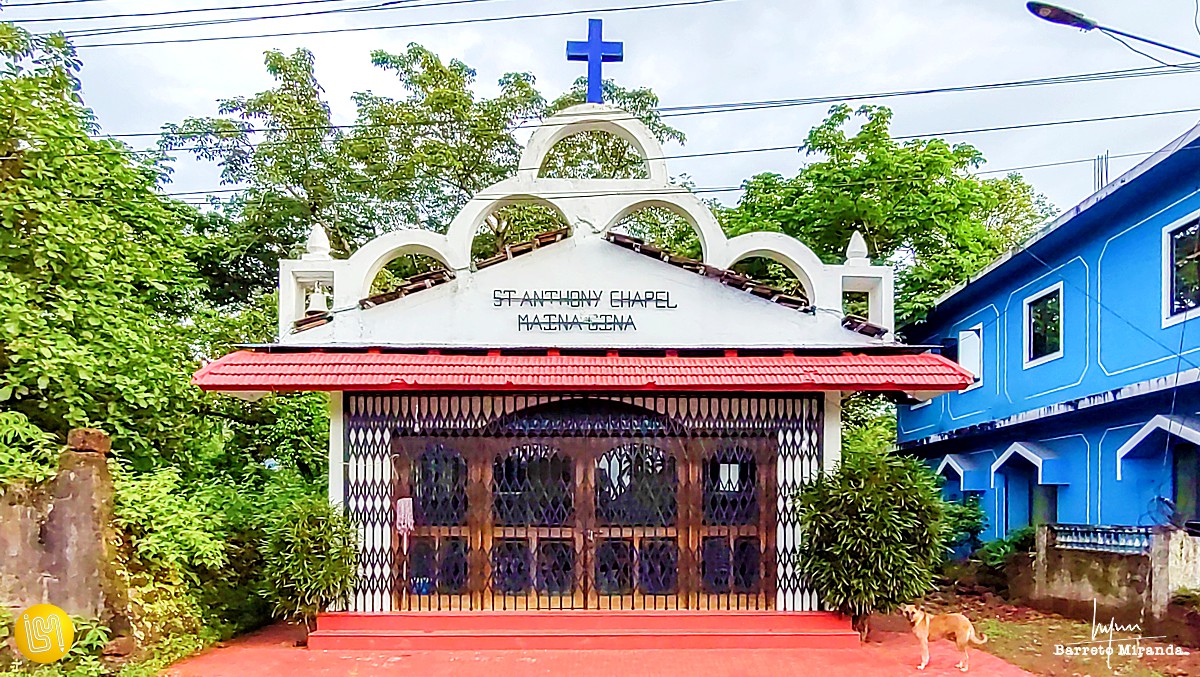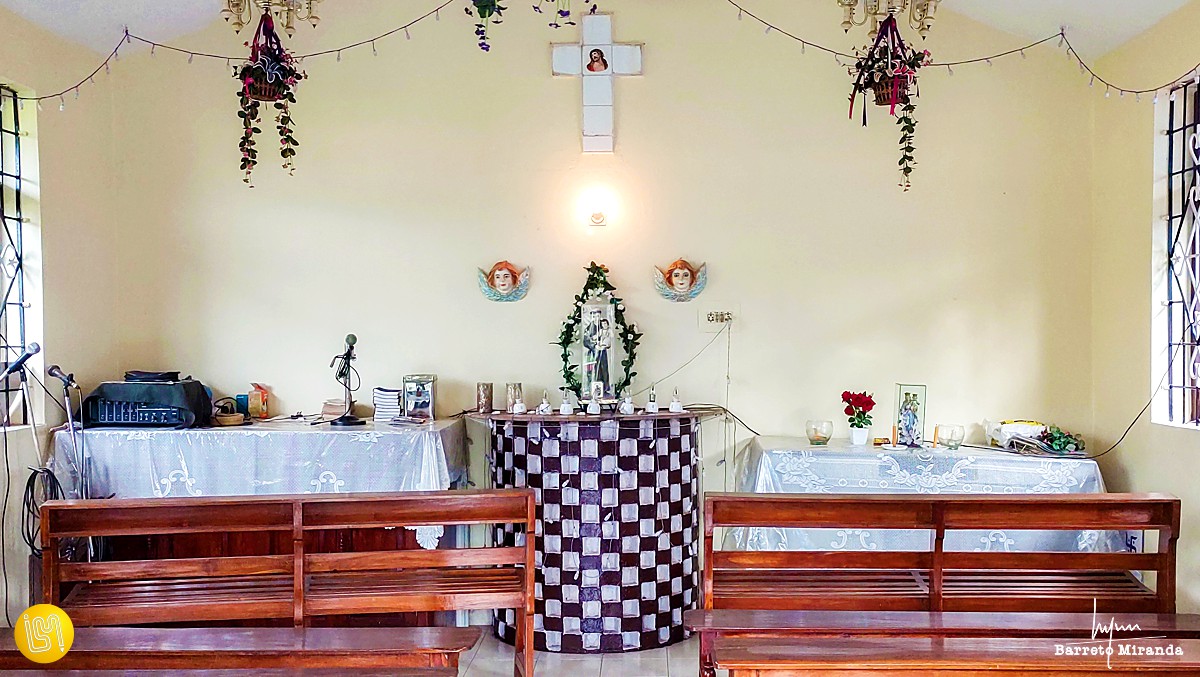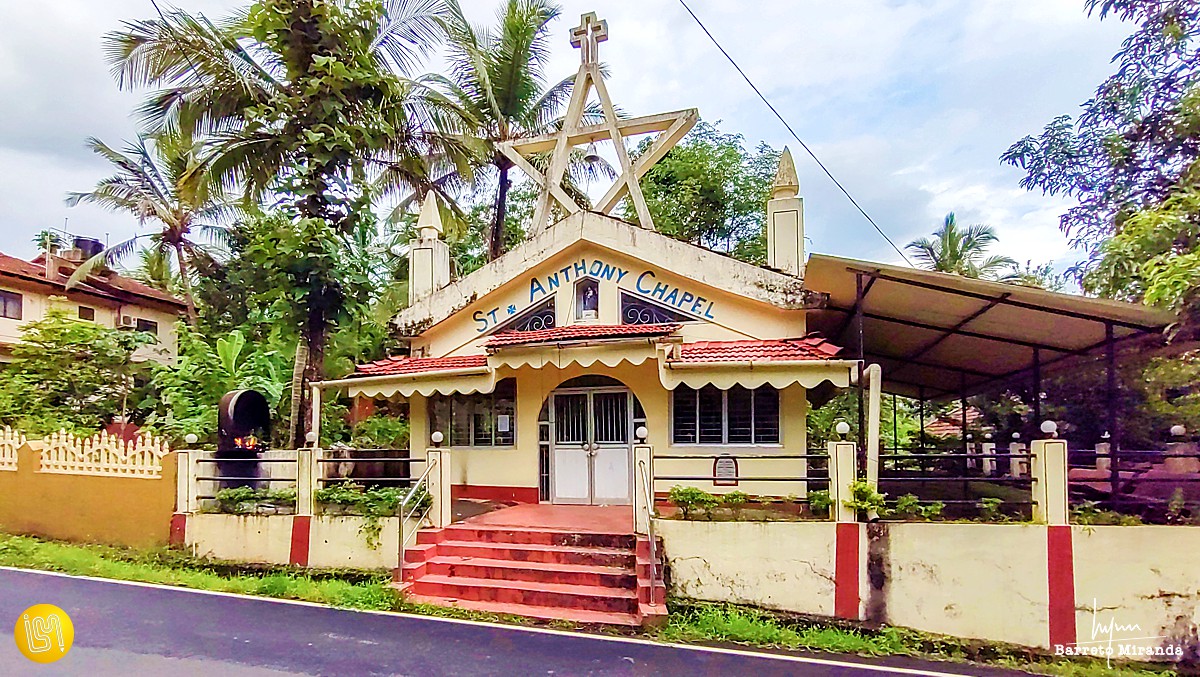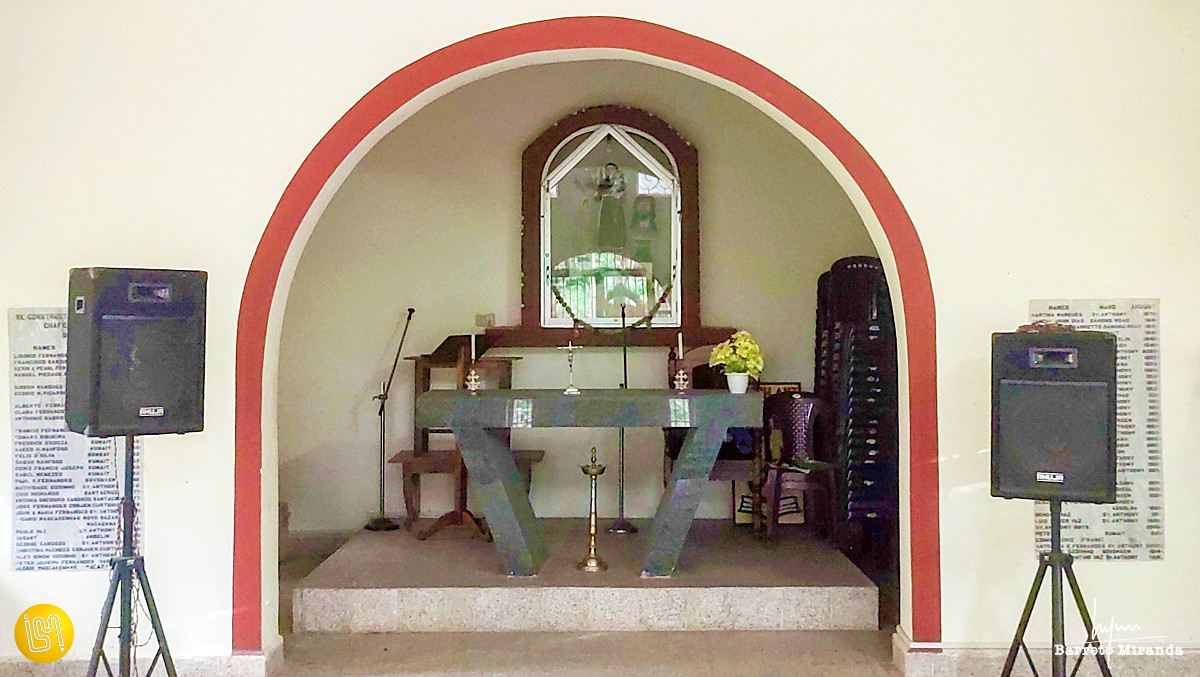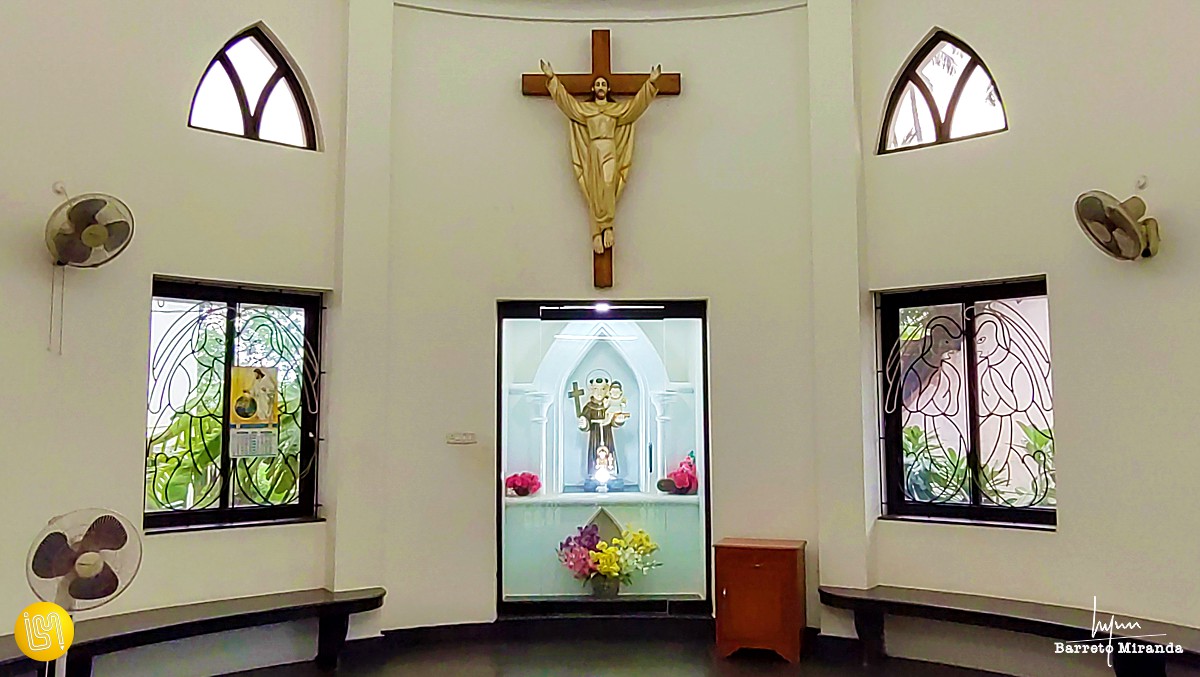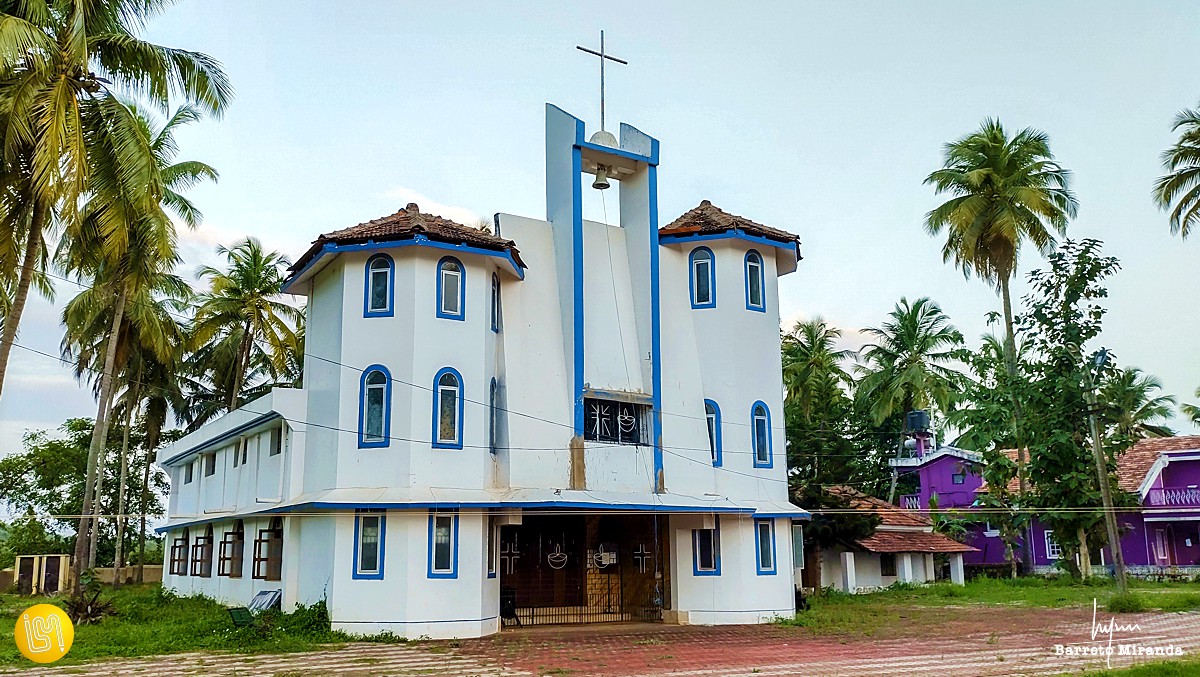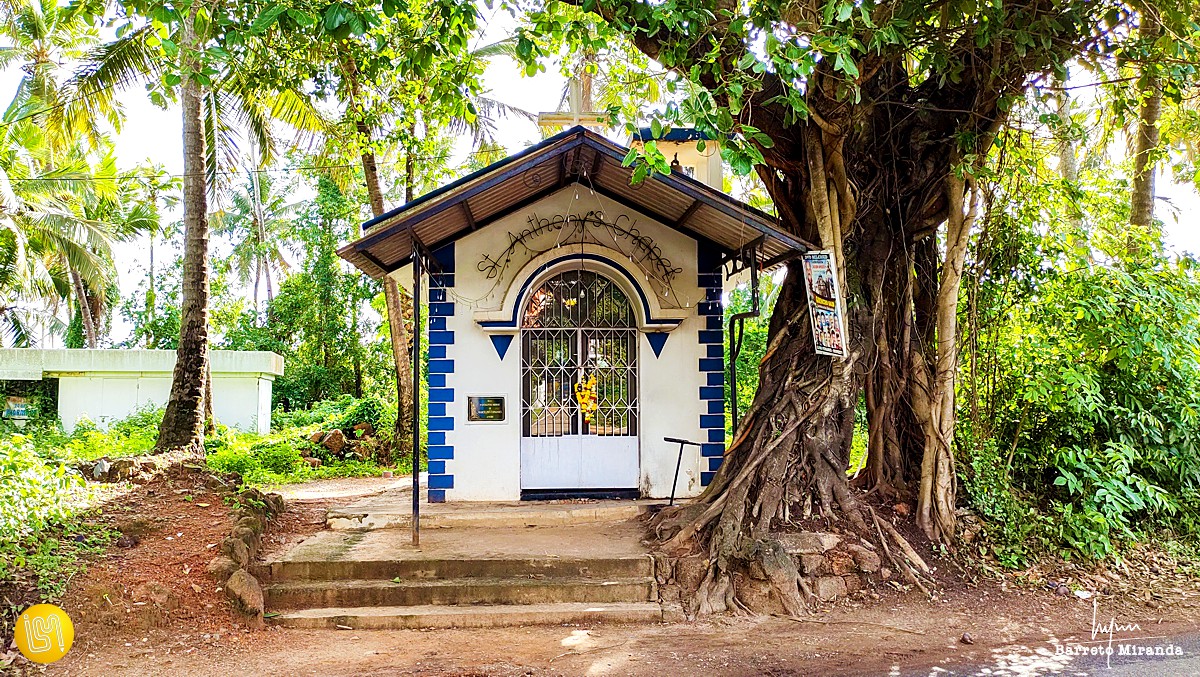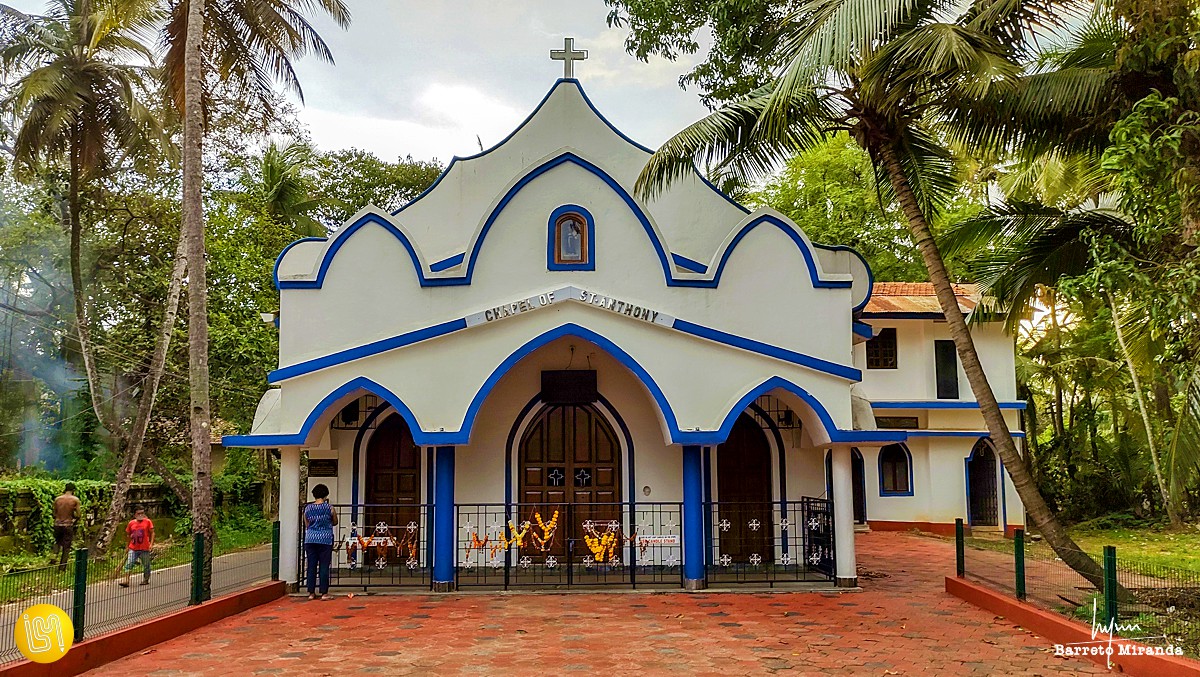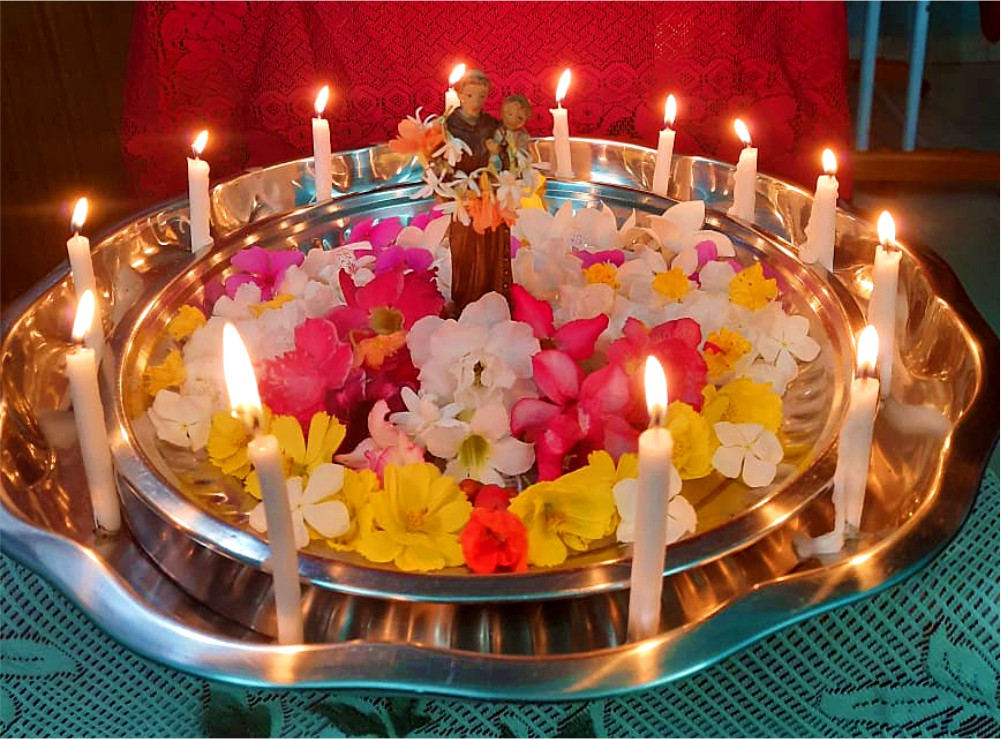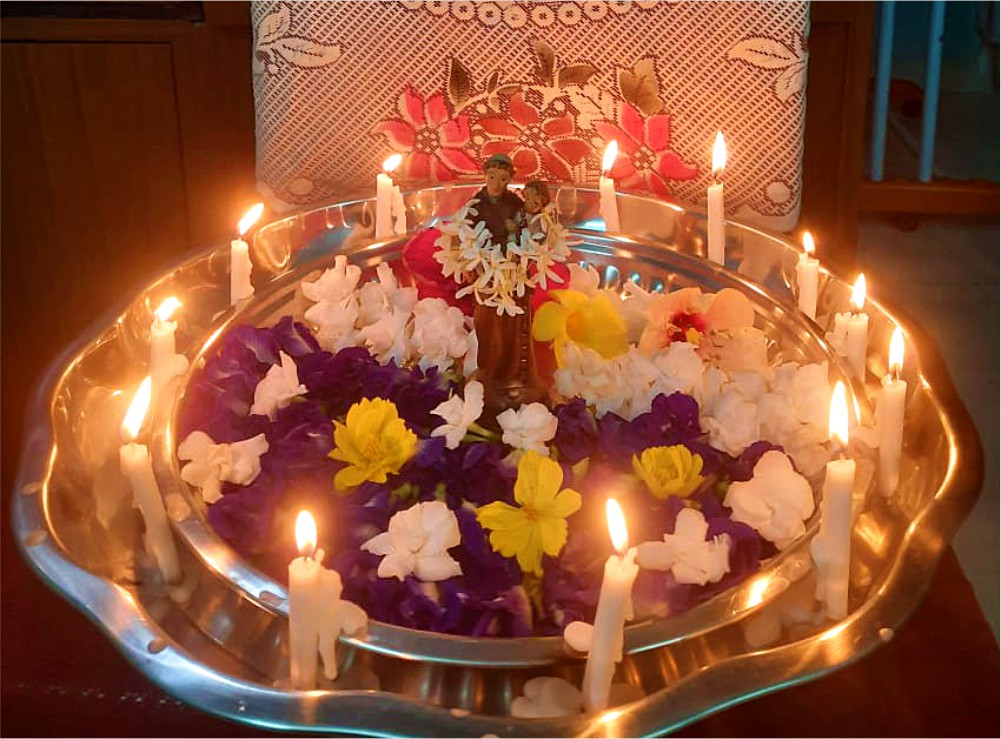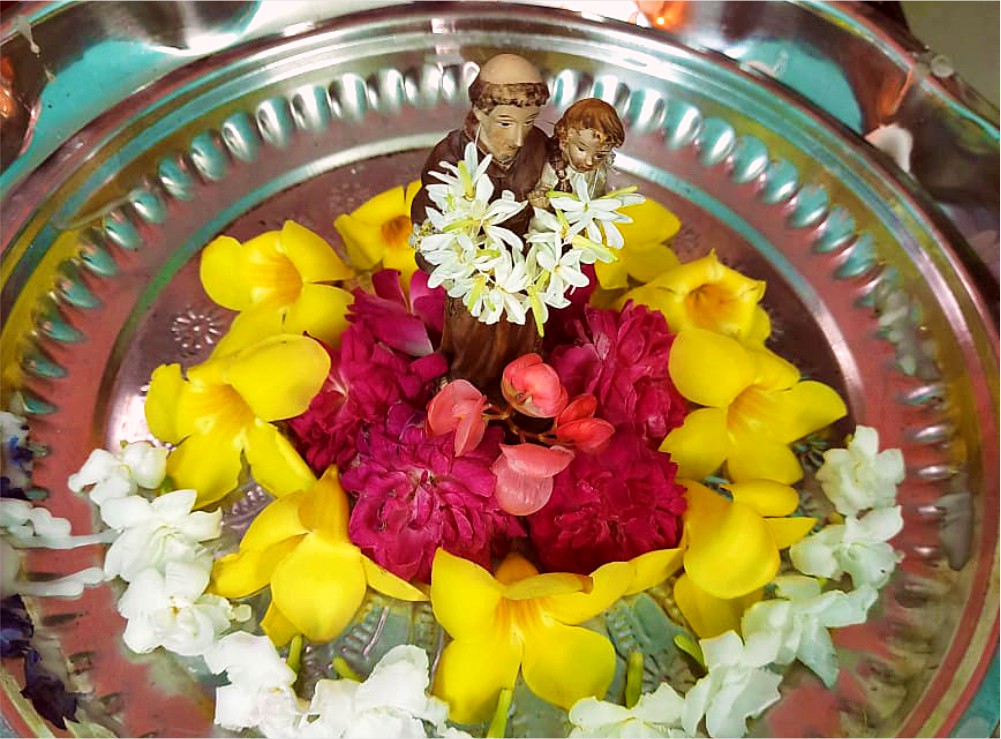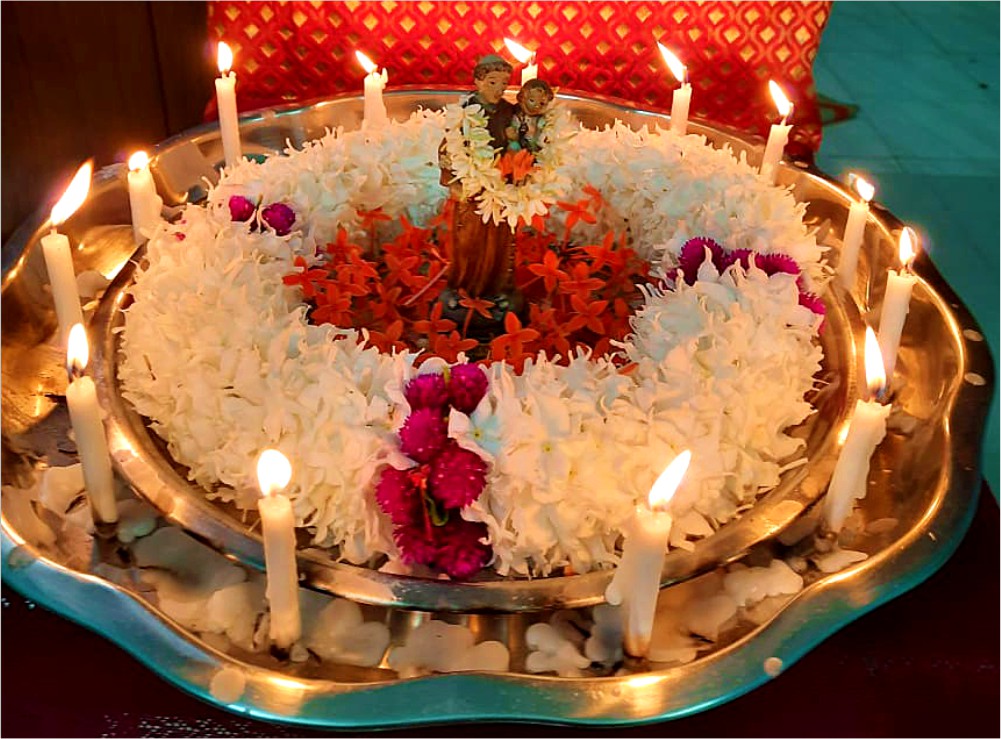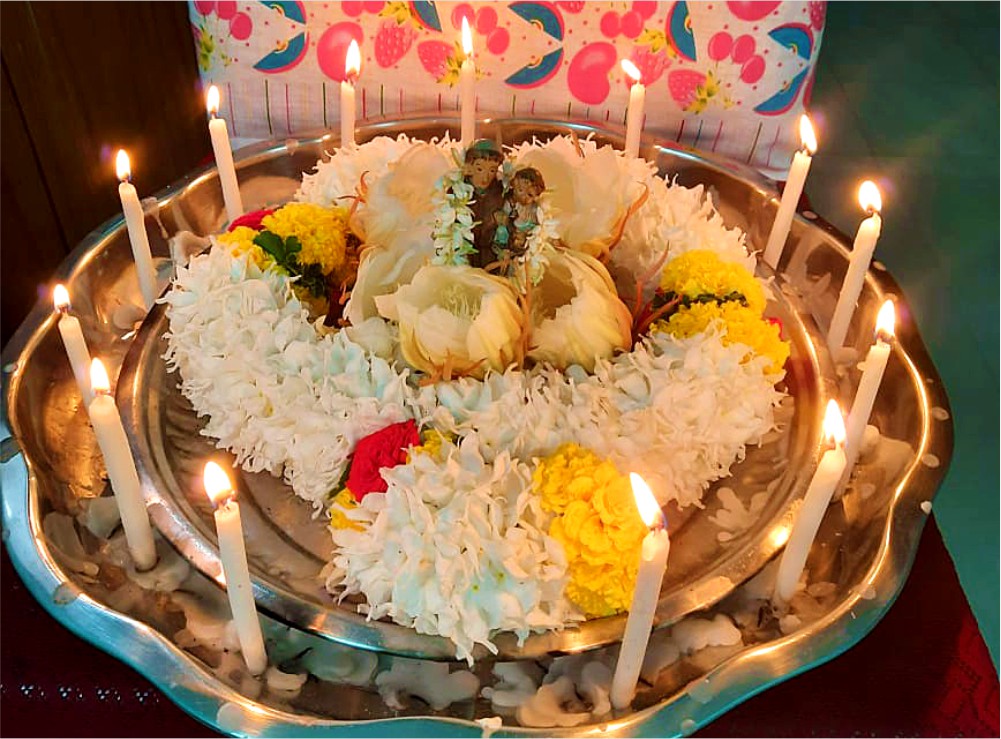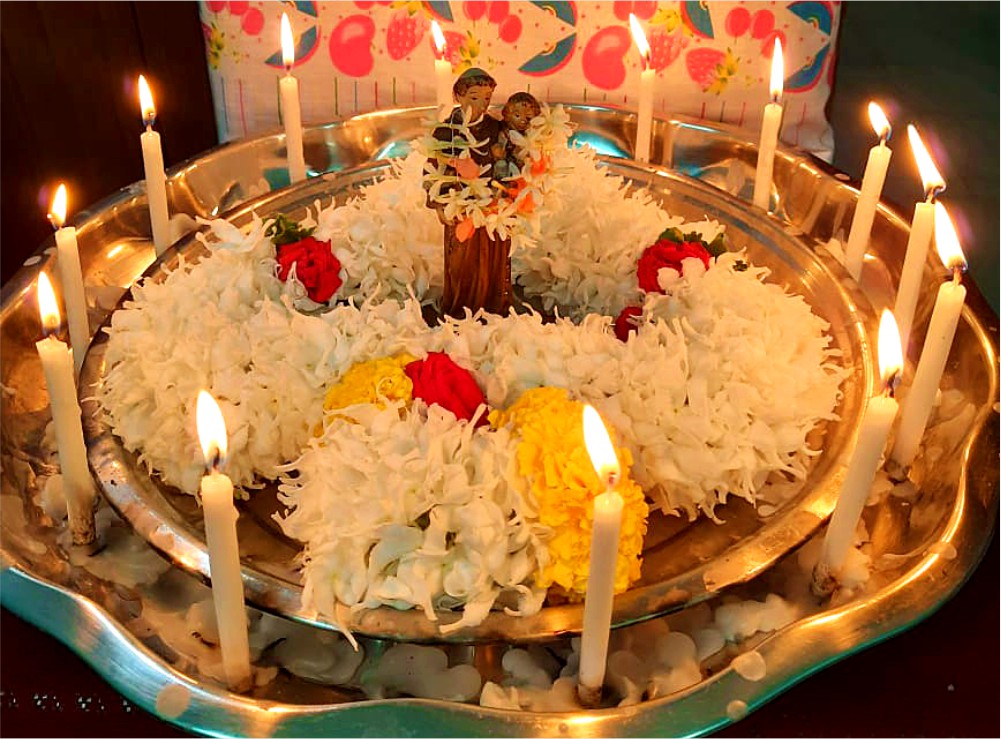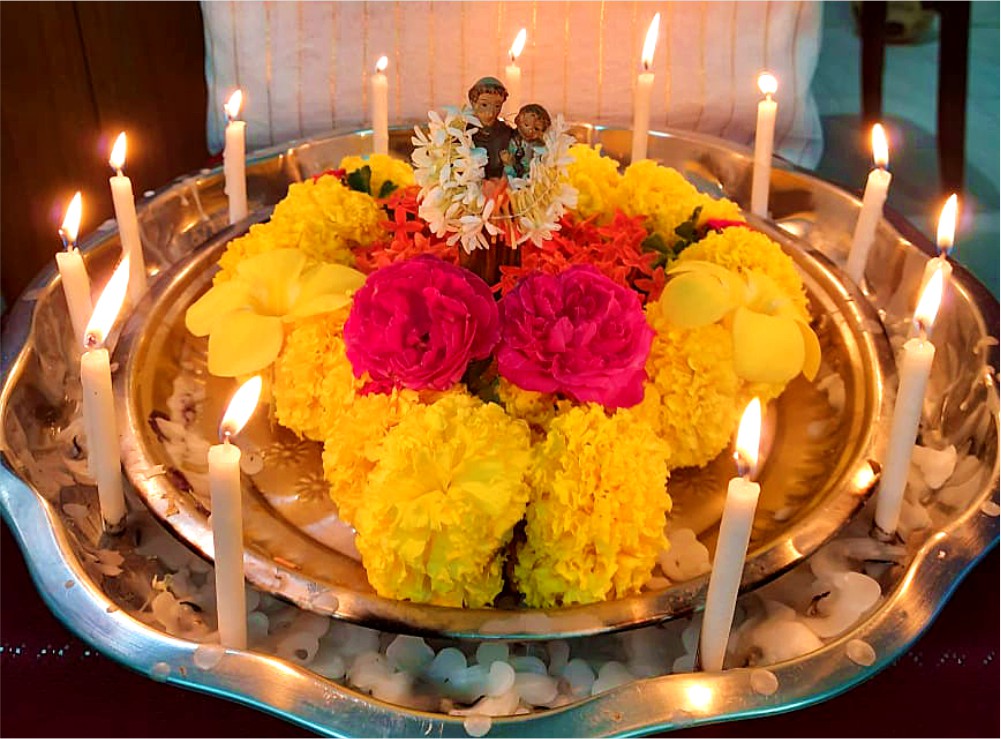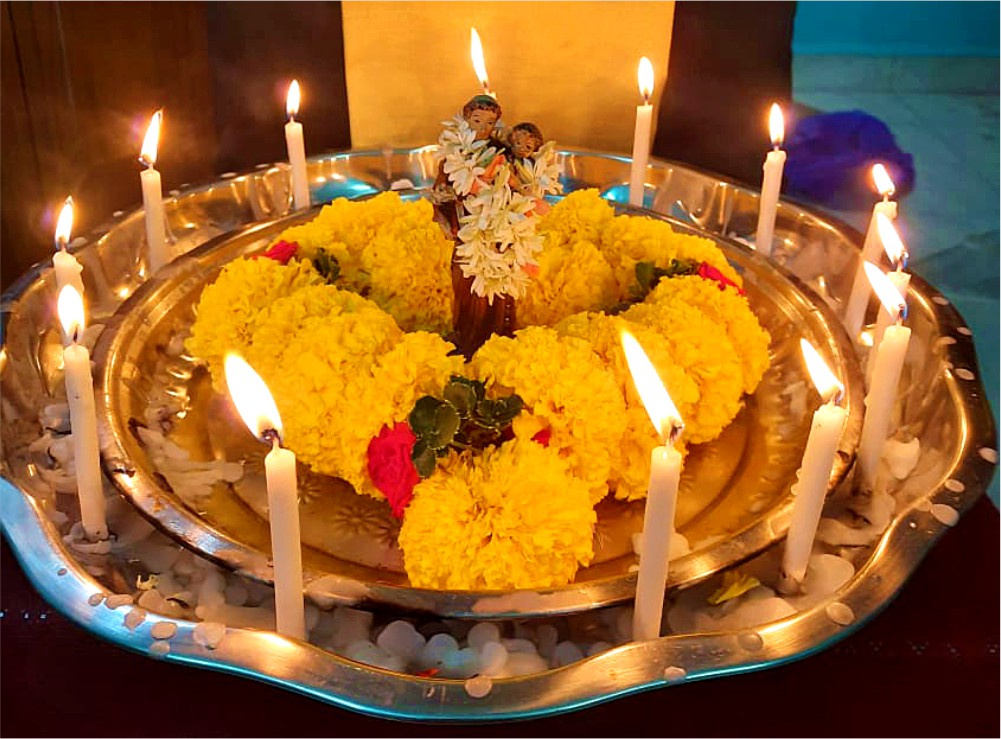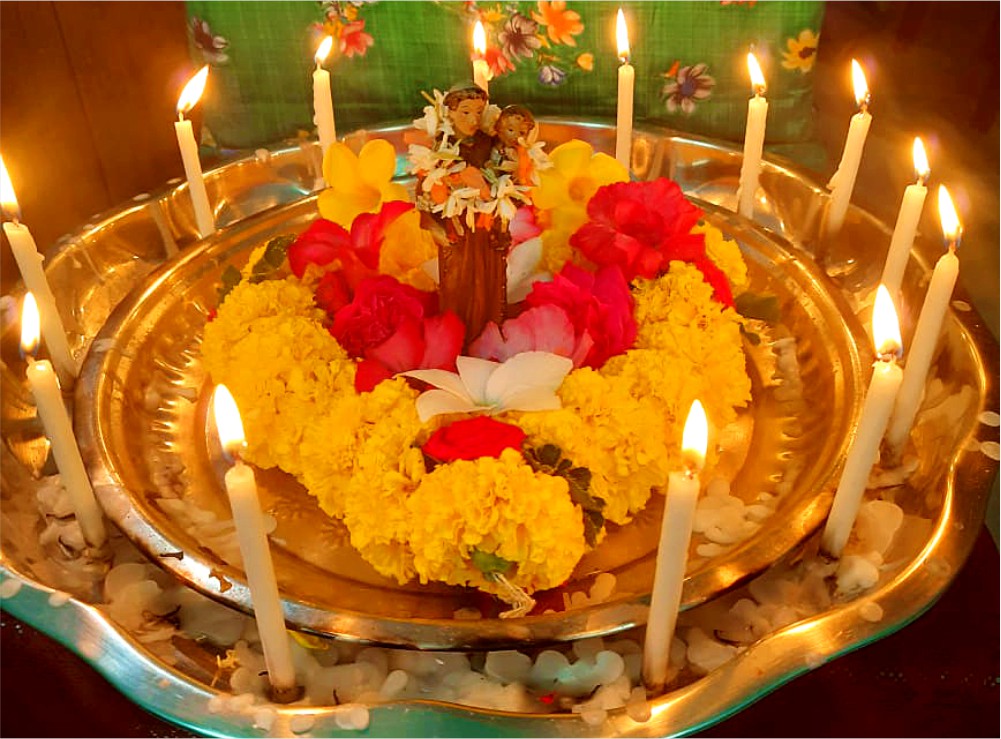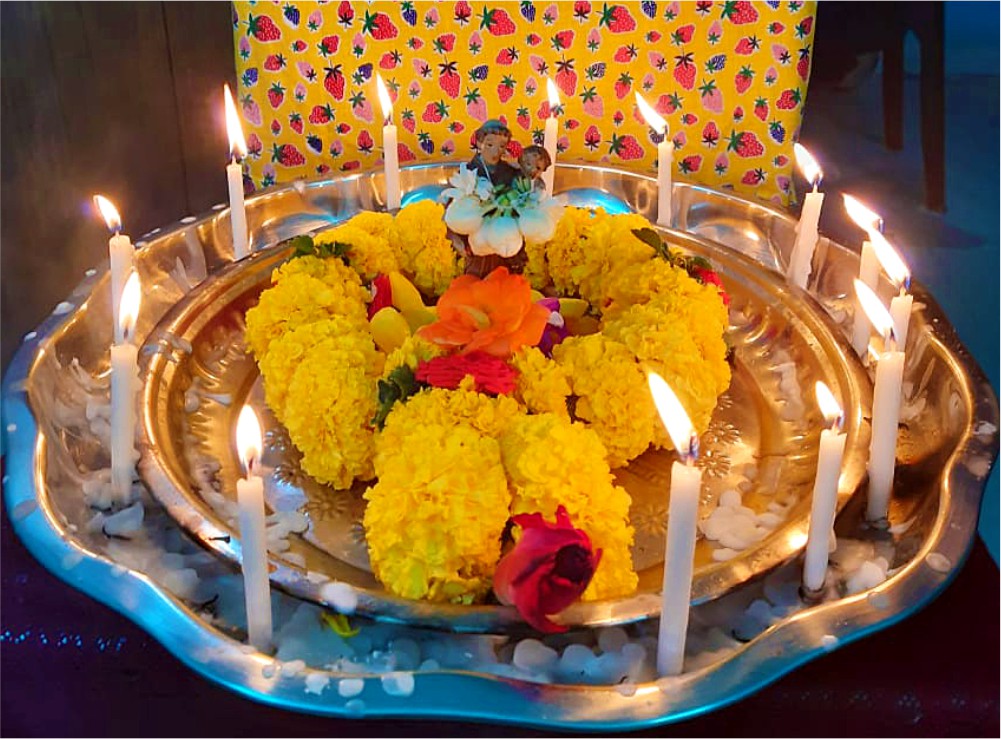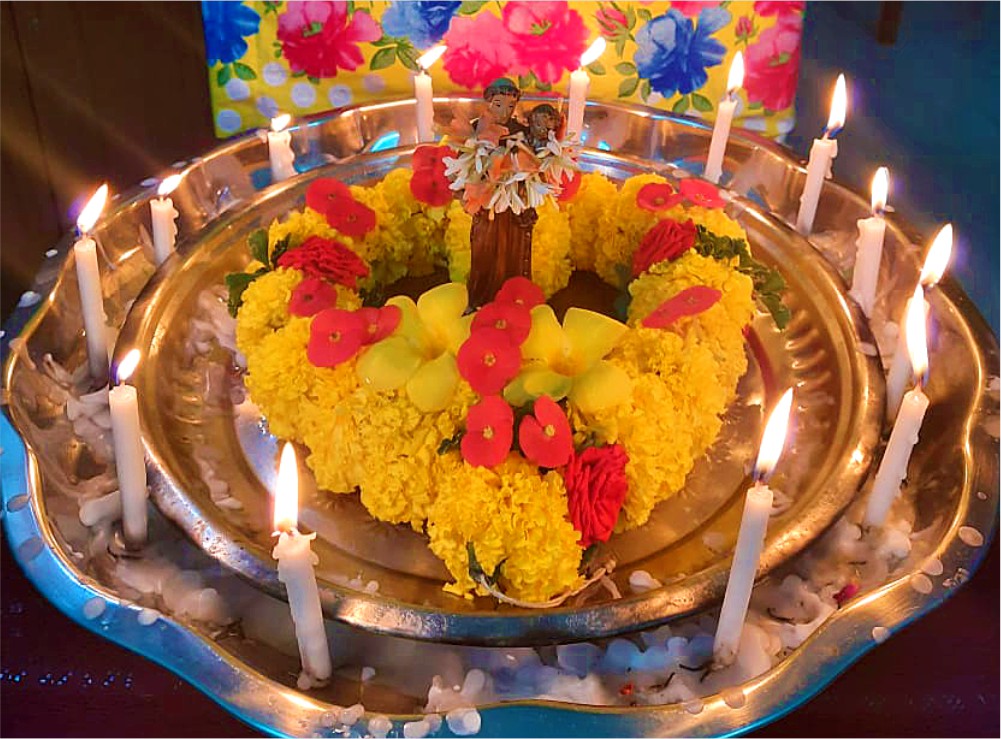About a fortnight ago, I received a surprising request from a friend. Knowing that I cycle around Goa taking photographs, he asked if I could send him pictures of chapels and churches dedicated to St Anthony that I may have come across on my rides.
Here’s why I found my friend’s request surprising: he is a Hindu. He explained that, to fulfill a vow he had made, he wished to visit as many chapels and churches of St Anthony as he could. He deeply reveres St Anthony and annually celebrates at his home all the novenas culminating with the Feast on June 13.
The fact of the matter is, Goa has always been a culture where different religions coexist in peace and harmony. Irrespective of their personal religious beliefs, people celebrate every festival with fervour. Goan society holds the concept of ‘sarva dharma sambhava’ – respect for all faiths – close to its heart.
St Anthony the wonder worker
In this spirit of communal harmony, St Anthony is revered throughout Goa, even in non-Catholic households. As for the Catholics, most families tend to have a small statue or picture of the saint in their houses, and it’s a popular name to give to a male child. And it’s not just homes; you’ll find the saint everywhere – in offices, cars, restaurants, even bars and seedy dives. He is one well-regarded saint.
The Franciscan missionaries first introduced St Anthony to the Bardez taluka during their evangelisation in Goa. The saint’s popularity then spread to other parts of the state.
Born Fernando Martins de Bulhões (August 15, 1195 – June 13, 1231), Saint Anthony of Padua is also known as Anthony of Lisbon. He was a Portuguese Catholic priest and friar of the Franciscan Order. Noted by his contemporaries for his powerful preaching, expert knowledge of scripture, and undying love and devotion to the poor and the sick, he was one of the most quickly canonised saints in church history, receiving that recognition less than one year after his death. He was proclaimed a Doctor of the Church on January 16, 1946.
He is especially invoked and venerated all over the world as the patron saint for the recovery of lost items and is credited with many miracles involving lost people, lost things, and even lost spirituality.
In art, Saint Anthony is typically portrayed holding the child Jesus or a lily or a book or all three.
Popular devotion
An incident that I have first-hand knowledge of occurred a couple of years back. We have a maid who has been working at our home for more than 30 years. One morning, she came for work very upset. She revealed that she had borrowed money for her house repairs, but couldn’t find it that morning. My mother told her to go and pray to Saint Anthony at the nearby chapel in the Old Market. The chapel is about a kilometre from our place, and she was back in half an hour. As she was opening the main gate, our phone rang. It was her daughter calling to say that she had found the money.
Jason Soares’ article titled “For life’s lost and found St Anthony” which appeared in ‘Times of India’ mentions a miraculous incident that occurred at the Deussua chapel in Chinchinim where gold ornaments were found at the feet of the statue of St Anthony and few other interesting anecdotes connected to Goa about the saint.
Click this link to read the article: https://timesofindiacom/goa/for-lifes-lost-and-found-st-anthony
The cross-denominational belief in the powers of St Anthony are a reflection of the mutual respect for diverse faiths that is a hallmark of Goan society. It is a flame in our hearts that we need to nurture and pass on from generation to generation.
Long live Goa’s Peace and Communal Harmony! Happy Feast of Saint Anthony, everyone!
These are pictures my friend sent of Saint Anthony’s novena celebration at his home.


